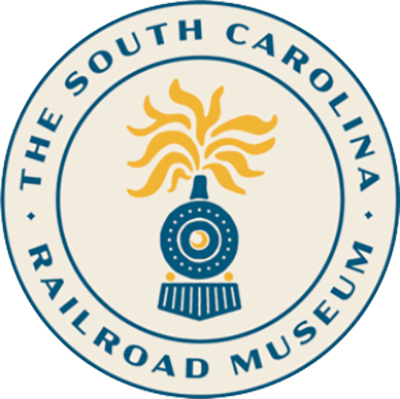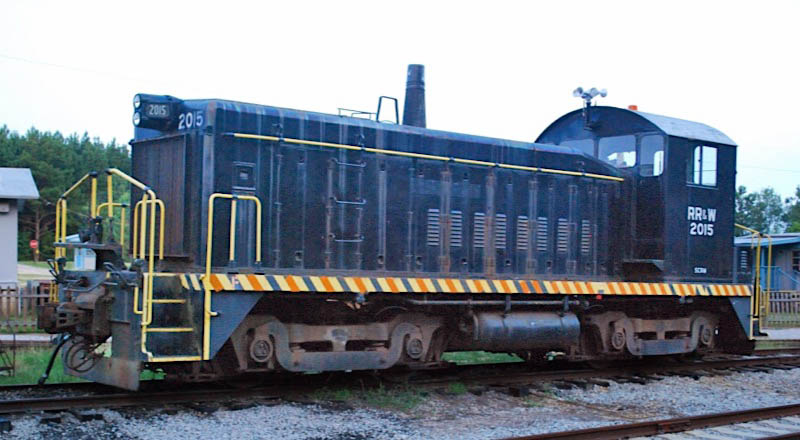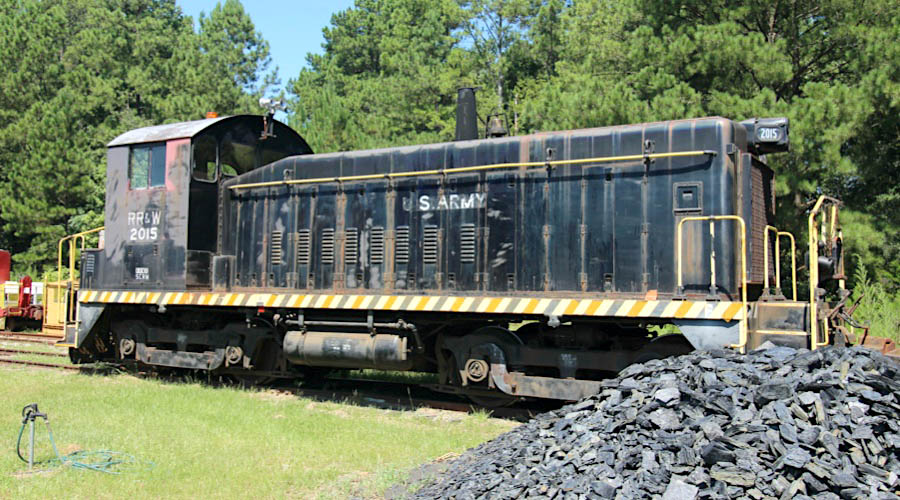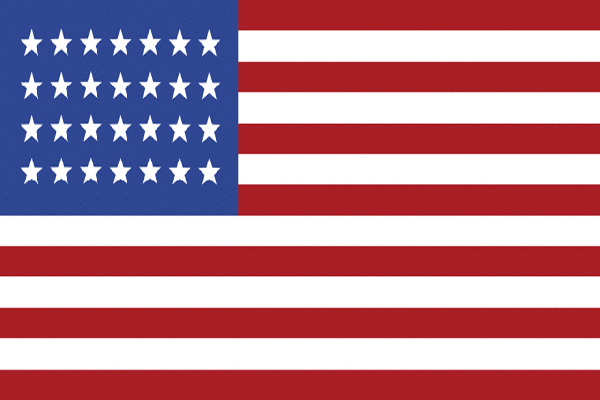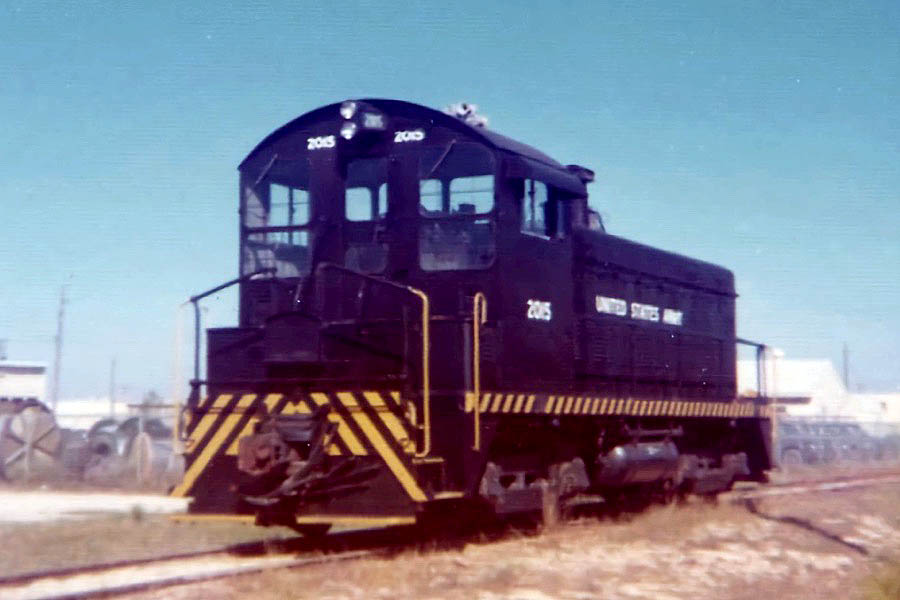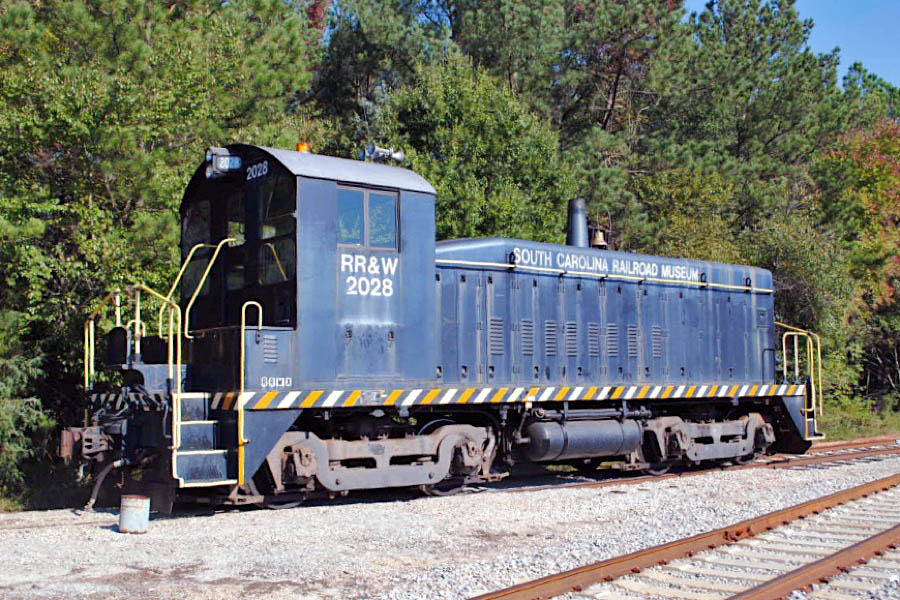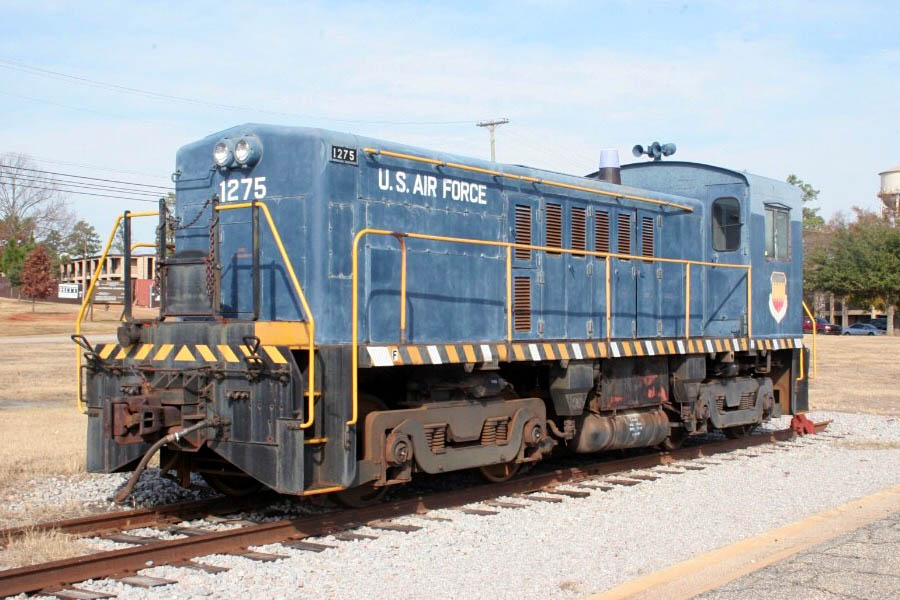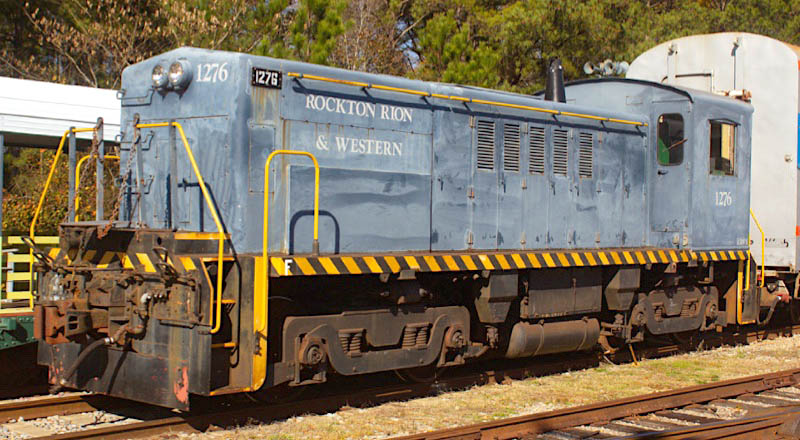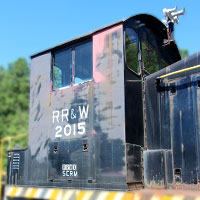 |
South Carolina Railroad Museum Diesel Locomotives |
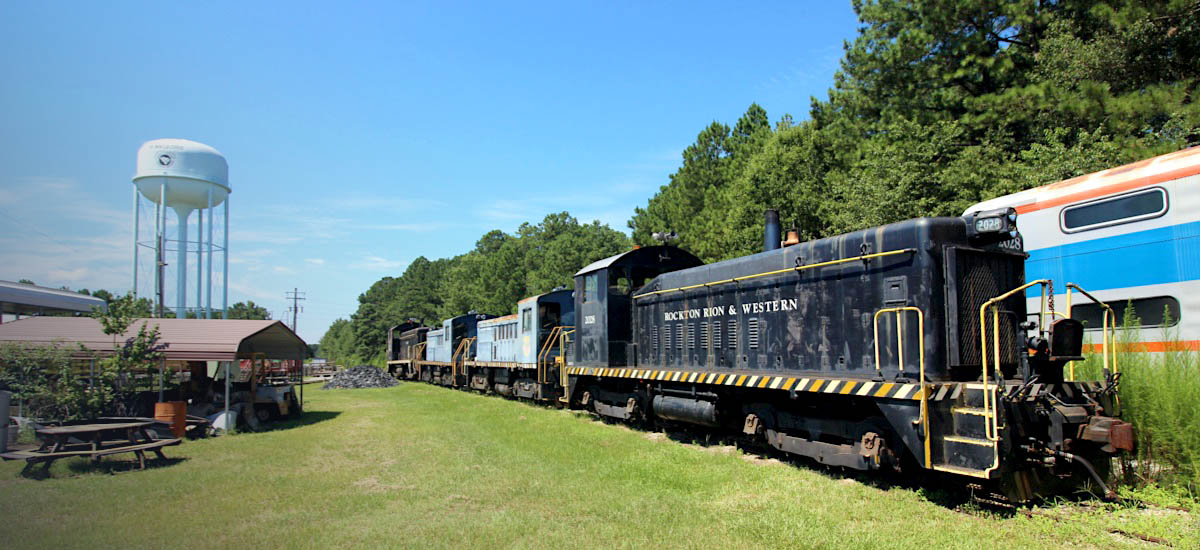
Winnsboro, SC / Jul 2020 / RWH
Electro-Motive

Rockton, Rion & Western #2015


Rockton, Rion & Western #2015
1 of 41 blt new for US Army
service overseas in Korean conflict
to South Carolina Railroad Museum
as Rockton, Rion & Western #2015

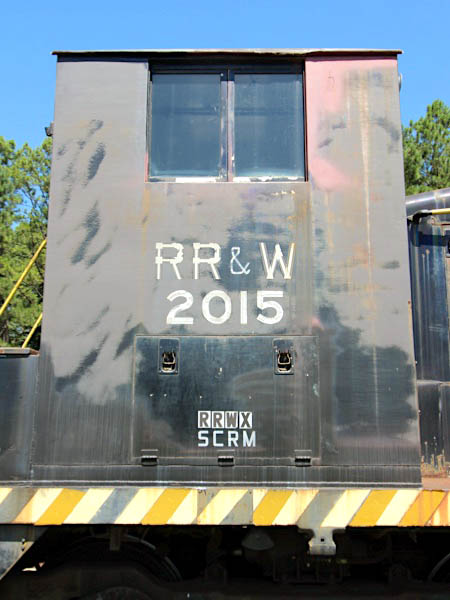
Jul 2020 / RWH
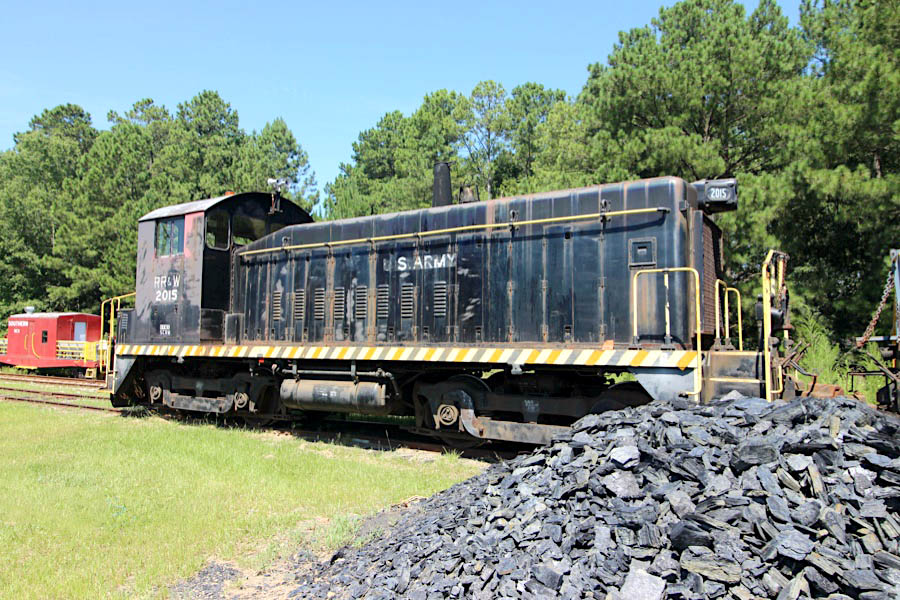
Winnsboro, SC / Jul 2020 / RWH
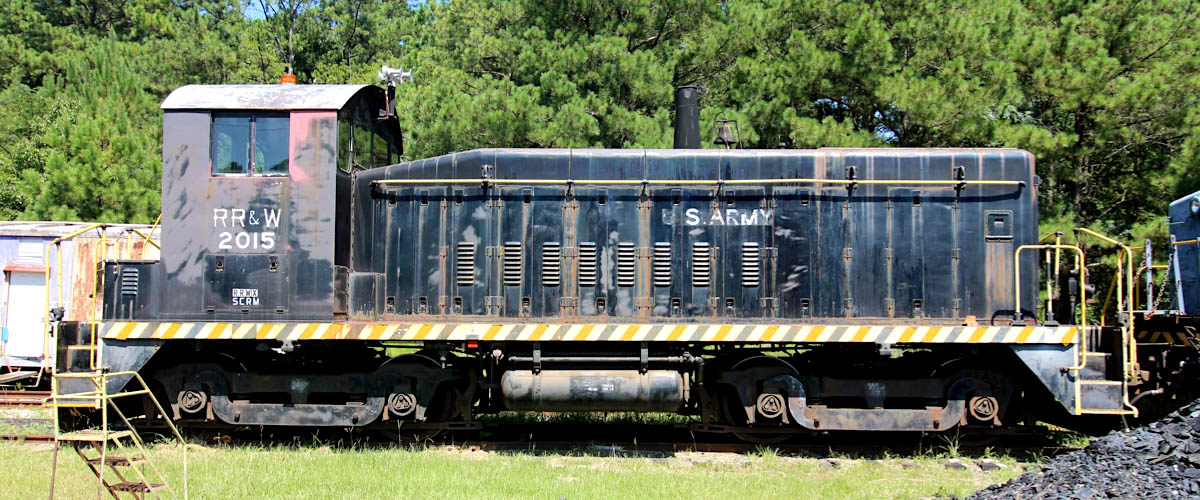
Winnsboro, SC / Jul 2020 / RWH
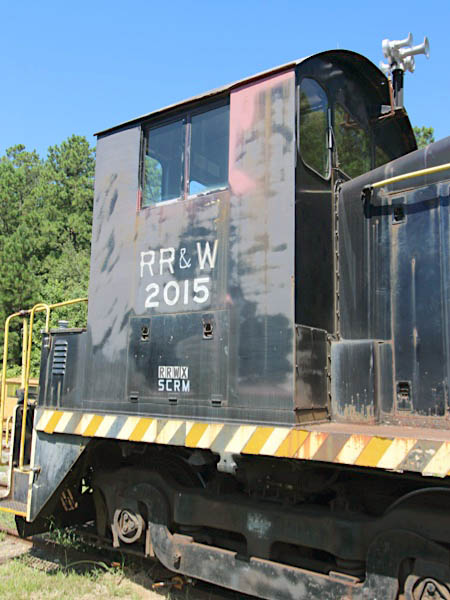
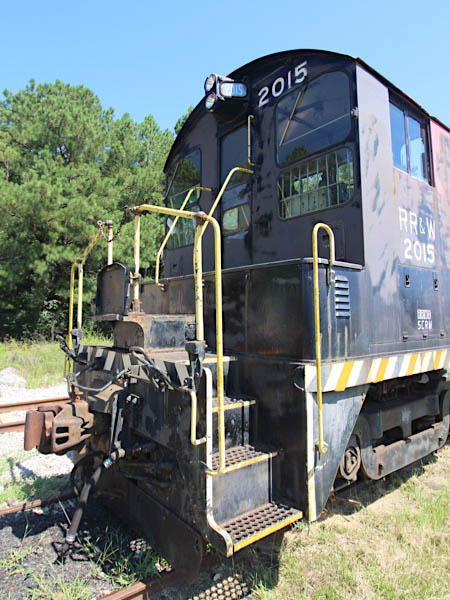

Jul 2020 / RWH

Winnsboro, SC / Jul 2020 / RWH
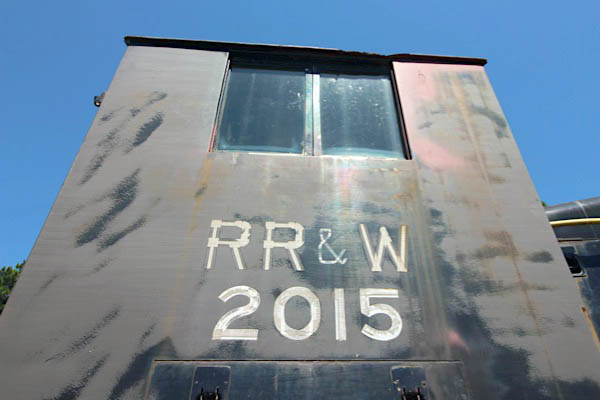
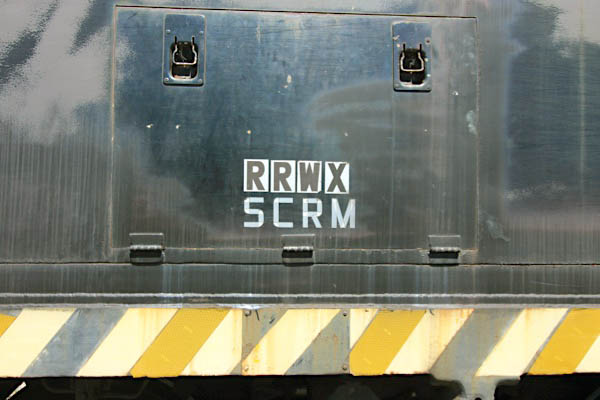

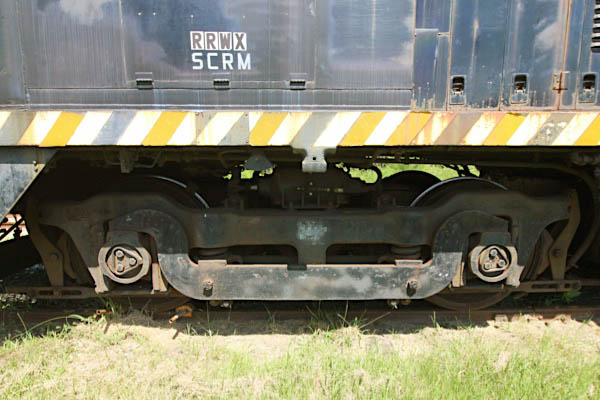
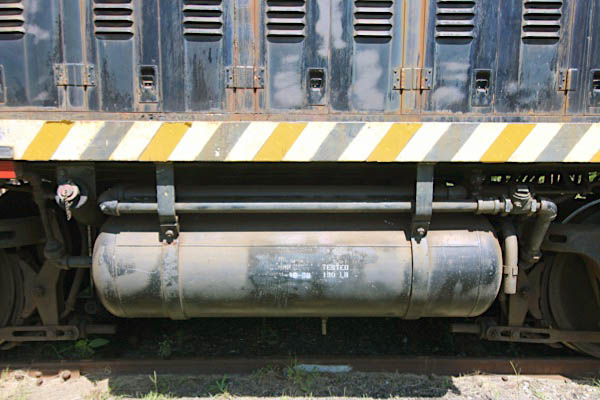

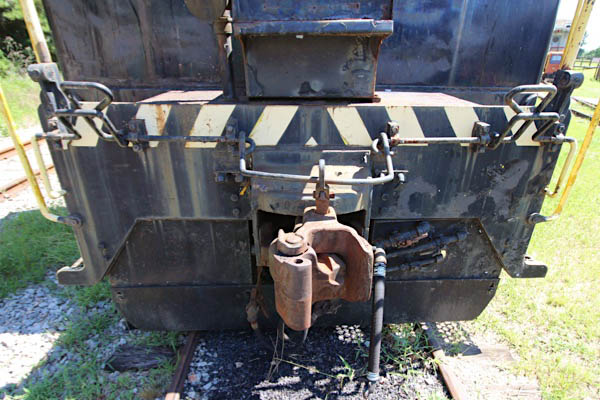
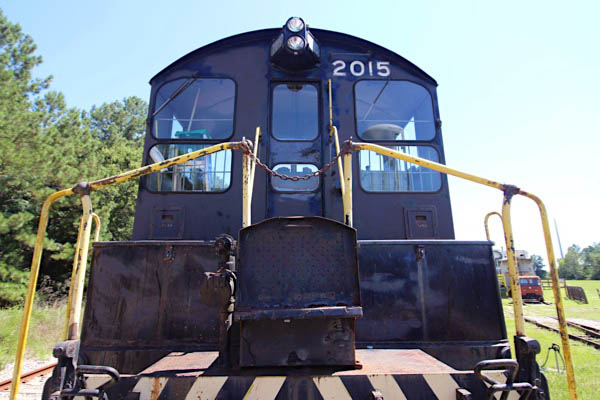
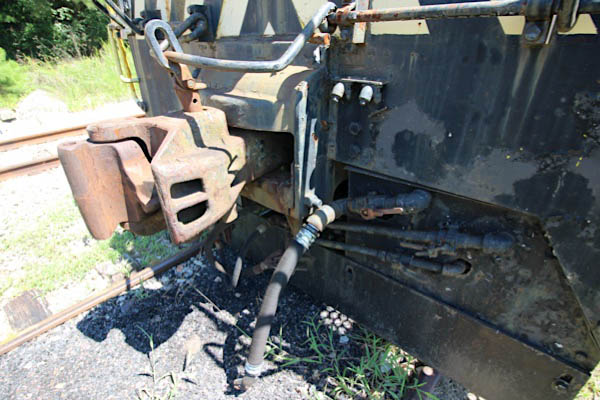
Jul 2020 / RWH
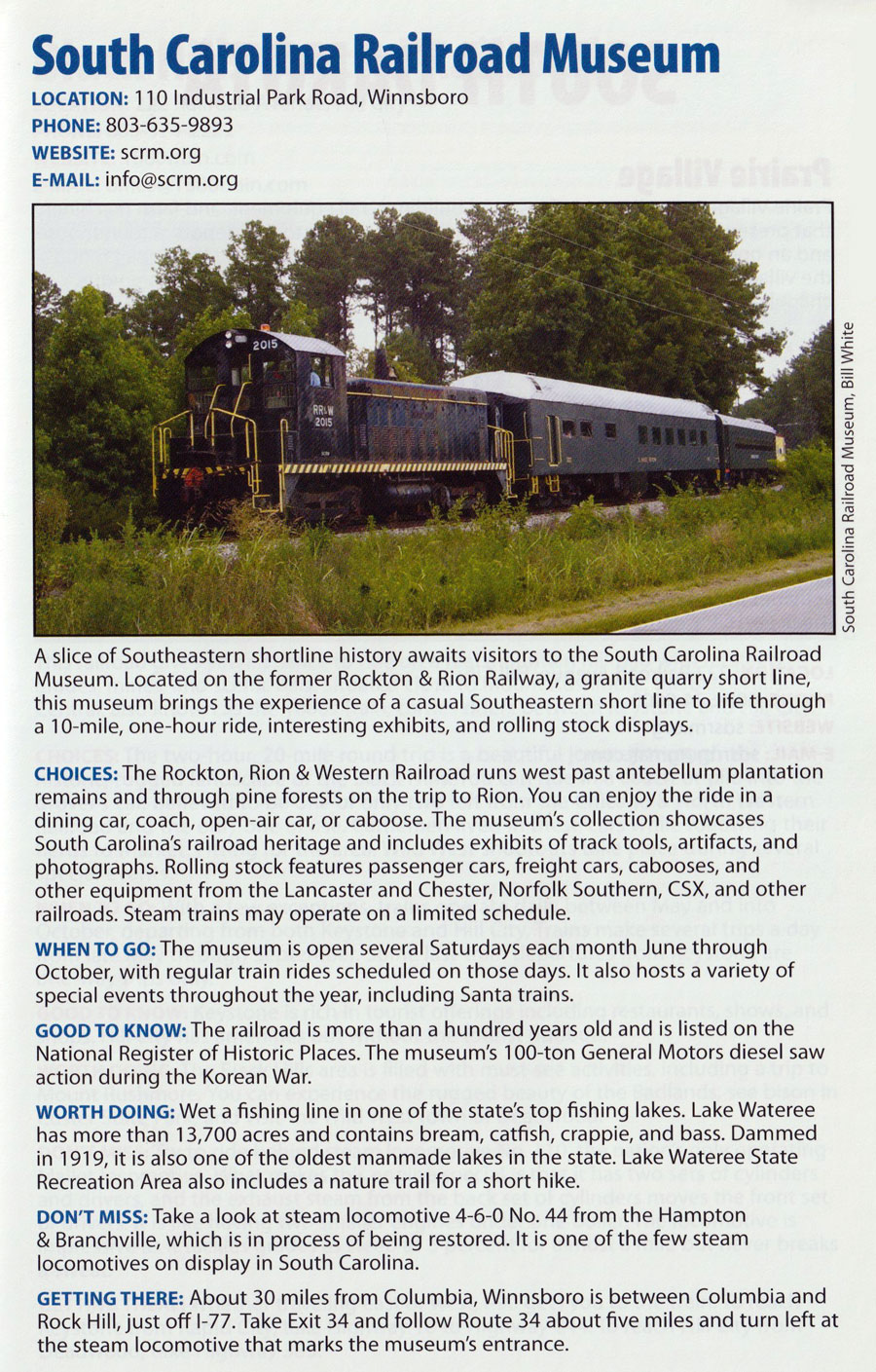
2013 tourist train guide ad / collection
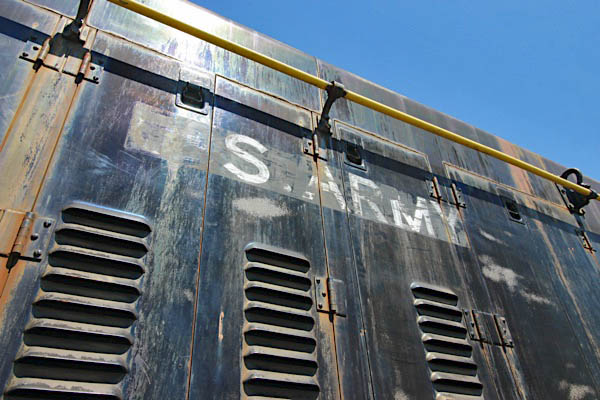
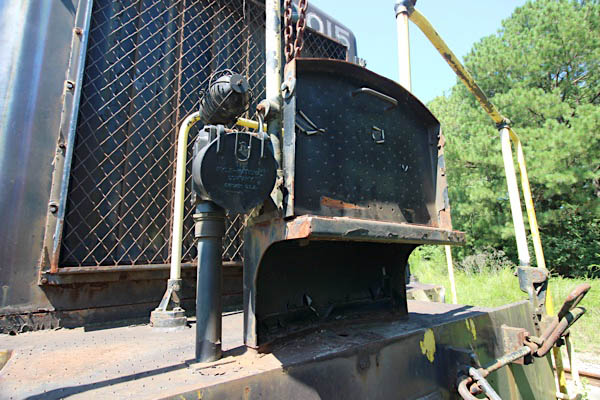

Jul 2020 / RWH

The locomotives referenced in the information below, from the Heart of Dixie Railroad Museum, are sisters in the same United States Army order from EMD as the Rockton, Rion & Western units.

Korean War Veterans
Electro-Motive Division (EMD) SW8 switch engines 2019 and 2022 were built in 1951. They are powered by a 8-cylinder 567 engine producing 800 horsepower. They have an overall length of 44’5” from coupler to coupler and have a fully loaded weight of 230,000 pounds. The SW8 was considered the medium horsepower switching locomotive in EMD’s catalog. 2019 and 2022 were 2 of 41 locomotives ordered by the U. S. Army. This order was the largest ever for SW8s from any purchaser. Carrying road Nos. 2000 through 2040 they were constructed between May and June, 1951 at EMD’s plant No. 3 in Cleveland Ohio.
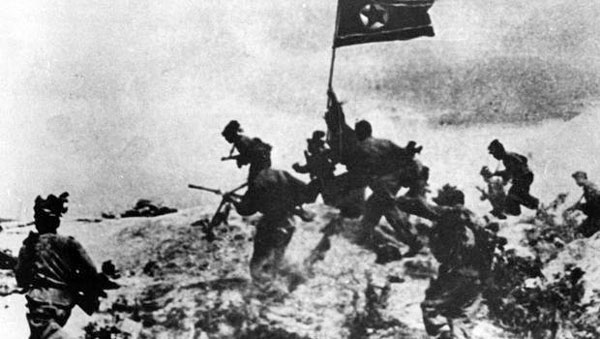 Not only do 2019 and 2022 provide the motive power for the trains of the Calera & Shelby Railroad, they are also U. S. Army veterans who saw service in Korea from 1951 to 1953. With the invasion of South Korea by North Korea, the United States, along with its United Nations partners, quickly began to ship men and supplies to halt the communist advance.
Not only do 2019 and 2022 provide the motive power for the trains of the Calera & Shelby Railroad, they are also U. S. Army veterans who saw service in Korea from 1951 to 1953. With the invasion of South Korea by North Korea, the United States, along with its United Nations partners, quickly began to ship men and supplies to halt the communist advance.
Rail transportation proved to be a vital component during the conflict. The Japanese had built the Korean rail system after having annexed Korea. This was done in support of Japan’s invasion of Manchuria. Interestingly, the Japanese built the system to the standards of the American railroad industry, utilizing standard gauge and knuckle couplers. The Korean government assumed control of the system under the name, Korean National Railroad (KNR) at the end of WWII.
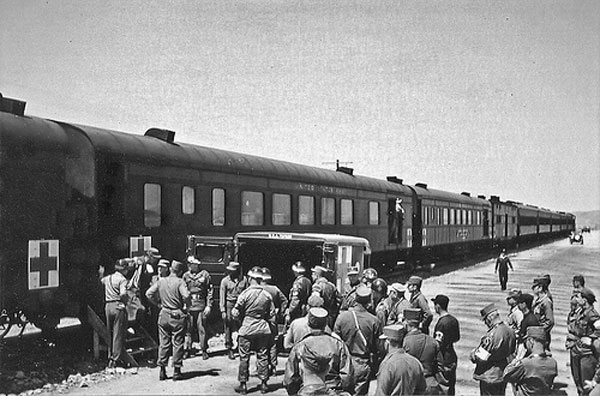 Throughout the Korean conflict, the U.S. Army depended heavily on the KNR for movement of men and supplies from the harbor at Pusan to the scene of the fighting. At the time of the invasion, the KNR had about 300 serviceable steam engines and some 6,000 cars. During the first year of the war, it became clear that the steam locomotives and equipment left behind by the Japanese were being stretched too thin to support the U. S. military’s needs. The Army made plans to purchase new diesel locomotives for use in Korea.
Throughout the Korean conflict, the U.S. Army depended heavily on the KNR for movement of men and supplies from the harbor at Pusan to the scene of the fighting. At the time of the invasion, the KNR had about 300 serviceable steam engines and some 6,000 cars. During the first year of the war, it became clear that the steam locomotives and equipment left behind by the Japanese were being stretched too thin to support the U. S. military’s needs. The Army made plans to purchase new diesel locomotives for use in Korea.
The U. S. Army’s order for 41 SW8 was the largest order for SW8s from any purchaser, more than any Class 1 railroad. After construction, they were loaded aboard ship in New York Harbor for the trip through the Panama Canal to Pusan, Korea. When the diesels arrived in Korea, railroad operations were being conducted by the 712th and 724th Transportation Railway Operating Battalions under the direction of the 3rd Military Railway Service of the United States Army. Once the diesels arrived, the usual practice was for the SW8s to be operated by two American soldiers with a Korean pilot. Trains carried men, ammunition, and supplies. Hospital trains loaded with wounded personnel ran regularly from the front to the harbor at Pusan.
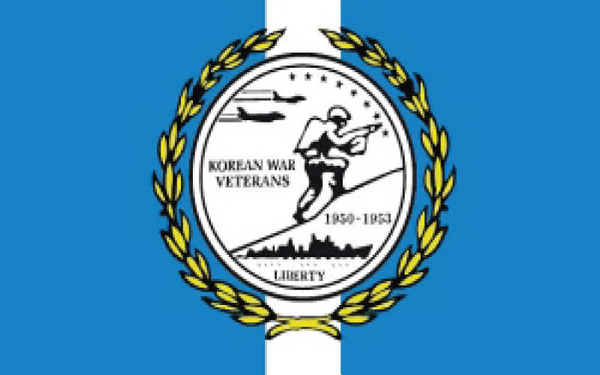 As the fighting wound down and a cease-fire was put into effect, the Army shipped most of the diesels back to the United States in 1953. Some of the SW8s remained behind and continue in KNR service today. No. 2019 was sent back to EMD for reconditioning in September 1953, and No. 2022 was rebuilt in June of 1955. Both engines along with their sisters saw service at military bases in the states until being retired in the early 1990s. Nos. 2019 and 2022 finished out their service careers at Ft. Campbell, Kentucky and were acquired through government surplus by the Heart of Dixie Railroad Museum in 1995.
As the fighting wound down and a cease-fire was put into effect, the Army shipped most of the diesels back to the United States in 1953. Some of the SW8s remained behind and continue in KNR service today. No. 2019 was sent back to EMD for reconditioning in September 1953, and No. 2022 was rebuilt in June of 1955. Both engines along with their sisters saw service at military bases in the states until being retired in the early 1990s. Nos. 2019 and 2022 finished out their service careers at Ft. Campbell, Kentucky and were acquired through government surplus by the Heart of Dixie Railroad Museum in 1995.
Heart of Dixie Railroad Museum

See also our complete Heart of Dixie Railroad Museum scrapbook in Preservation
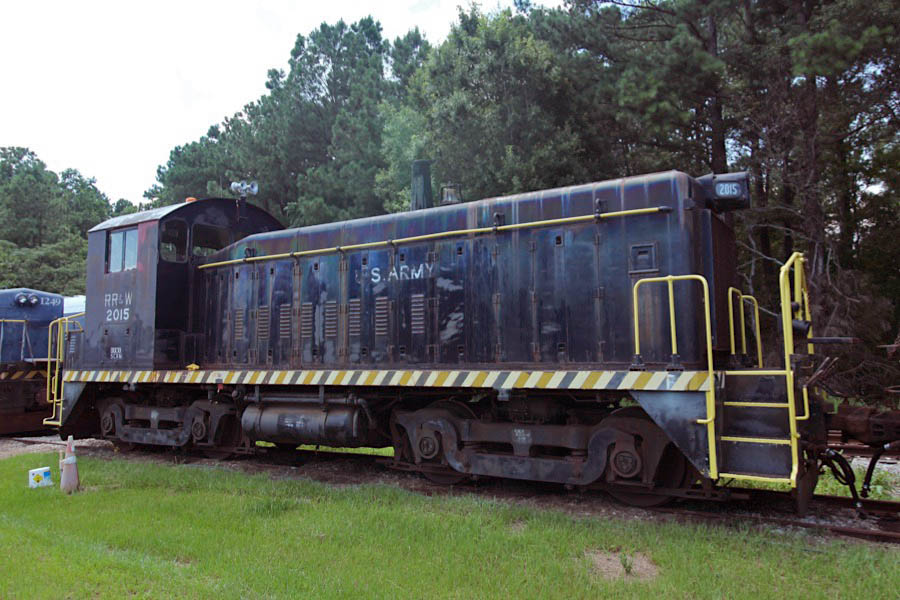
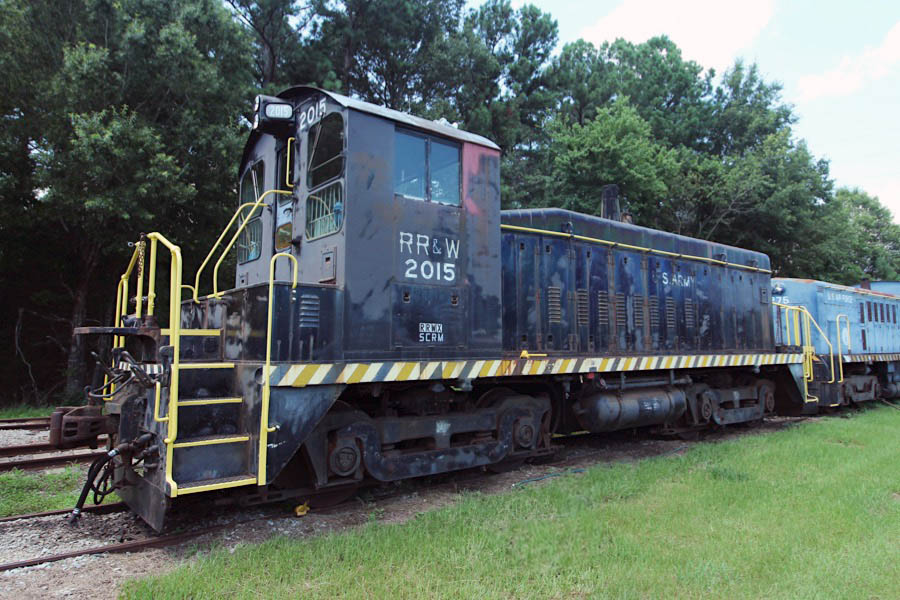
Winnsboro, SC / Jul 2023 / RWH
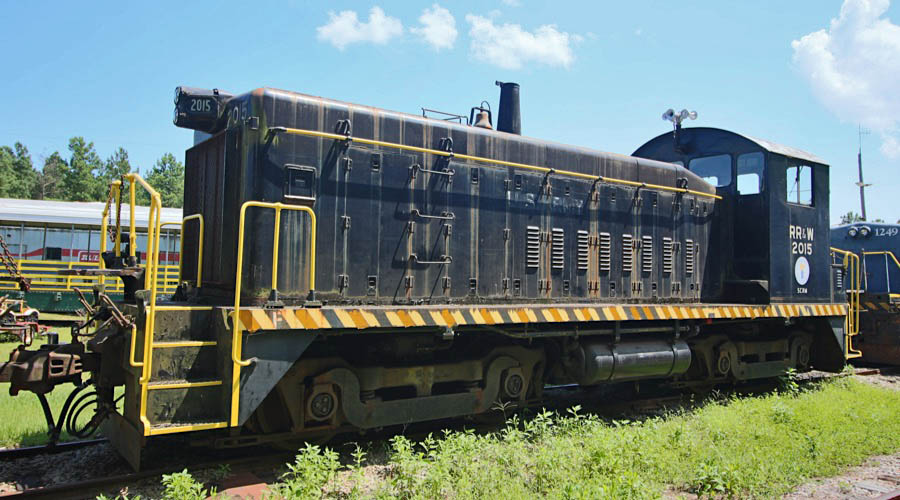
Winnsboro, SC / Jul 2023 / RWH
Rockton, Rion & Western #2028
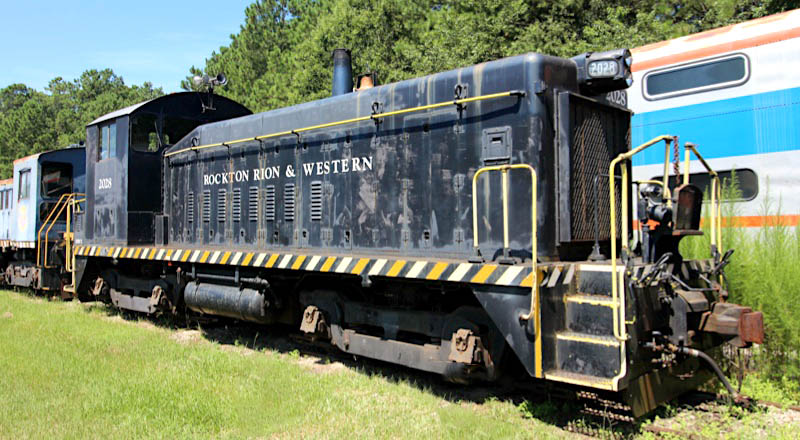
Rockton, Rion & Western #2028
Winnsboro, SC / Jul 2020 / RWH


Rockton, Rion & Western #2028
1 of 41 blt new for US Army
service overseas in Korean conflict
to South Carolina Railroad Museum
as Rockton, Rion & Western #2028

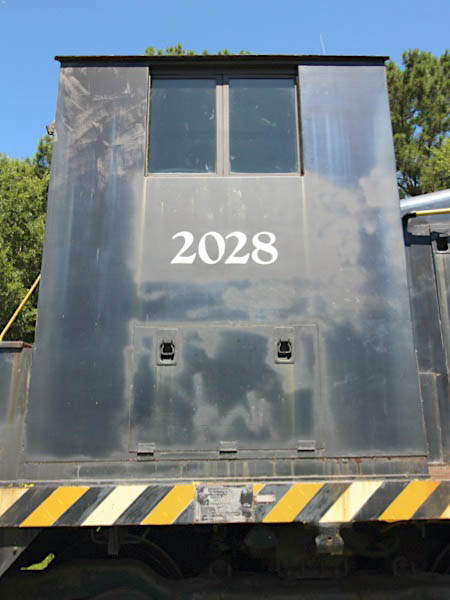
Jul 2020 / RWH
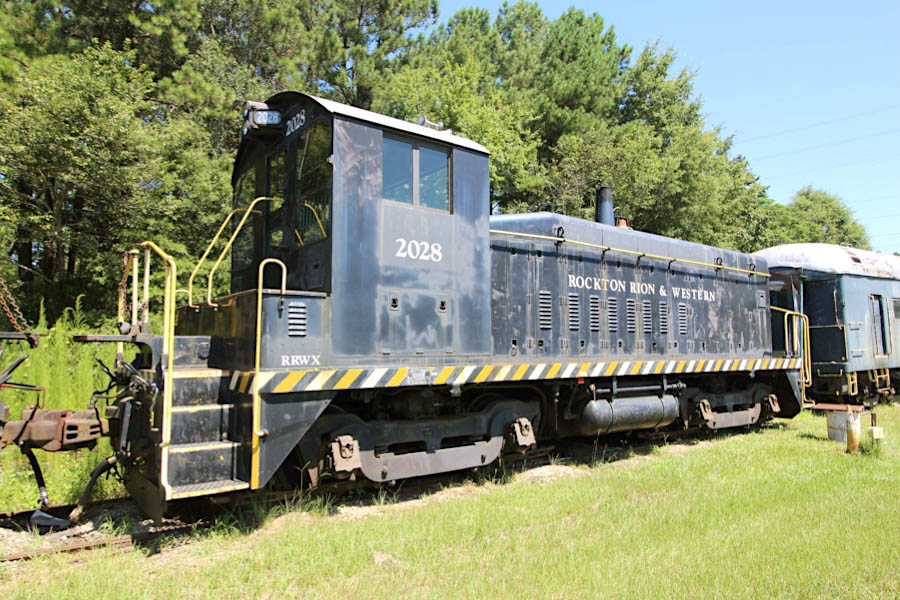
Winnsboro, SC / Jul 2020 / RWH
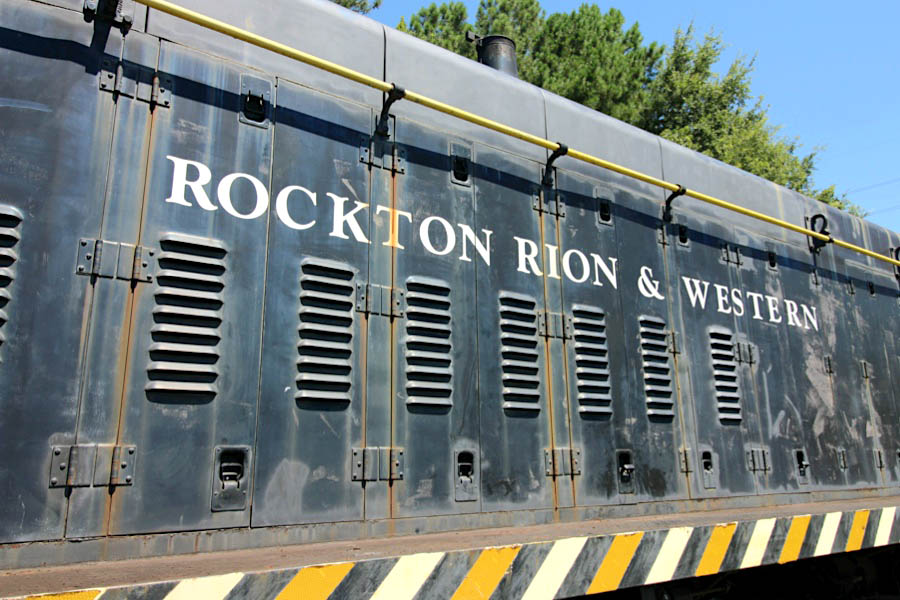
Jul 2020 / RWH
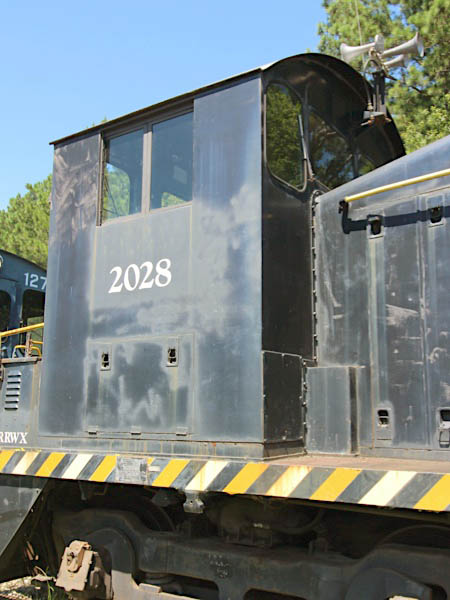
Jul 2020 / RWH

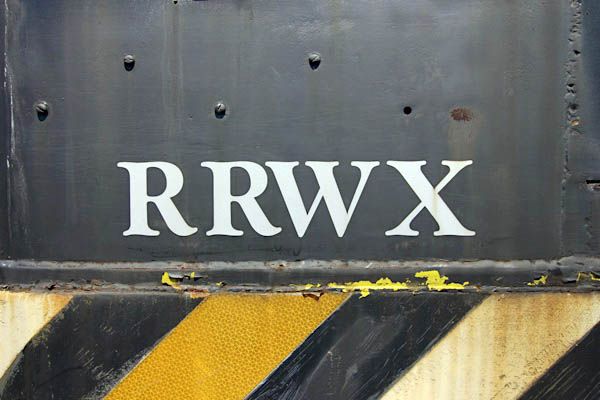
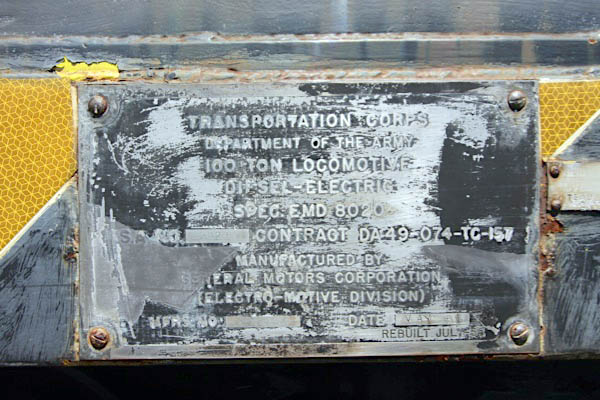

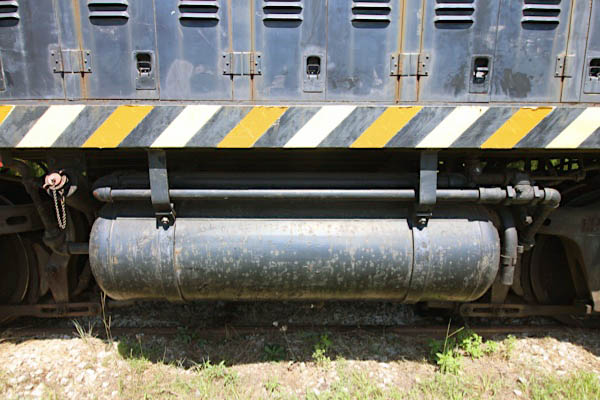

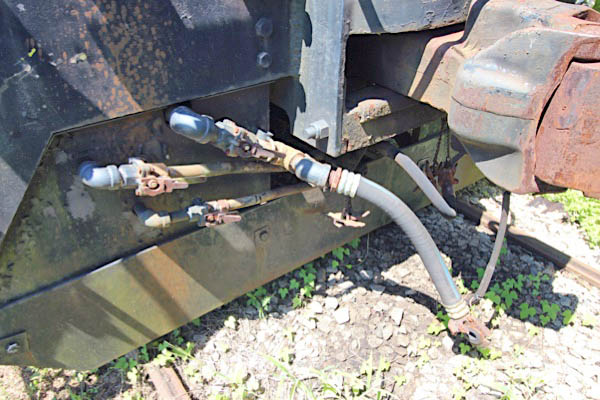
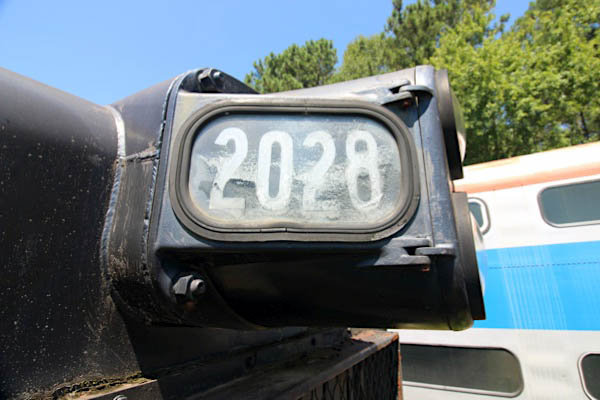
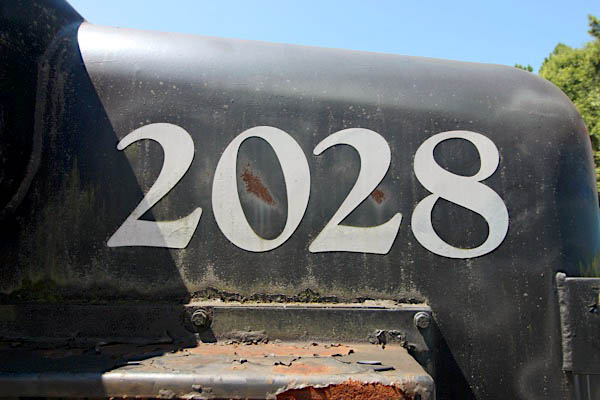
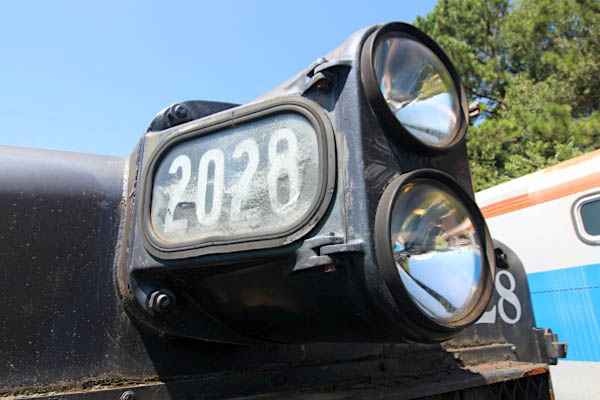


Jul 2020 / RWH

Winnsboro, SC / Jul 2020 / RWH
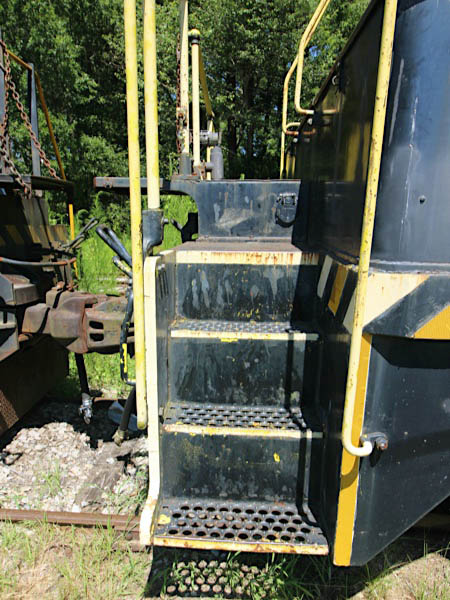
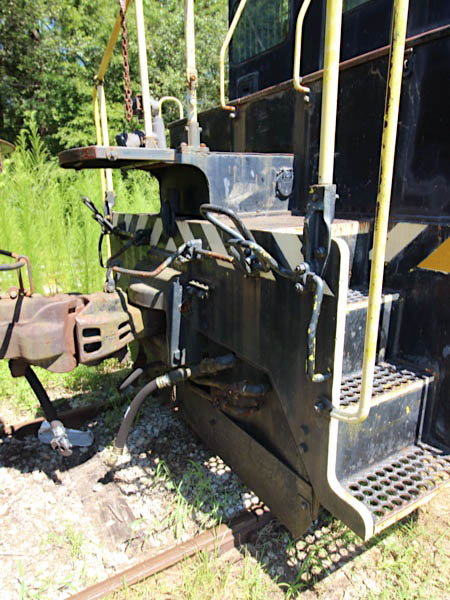
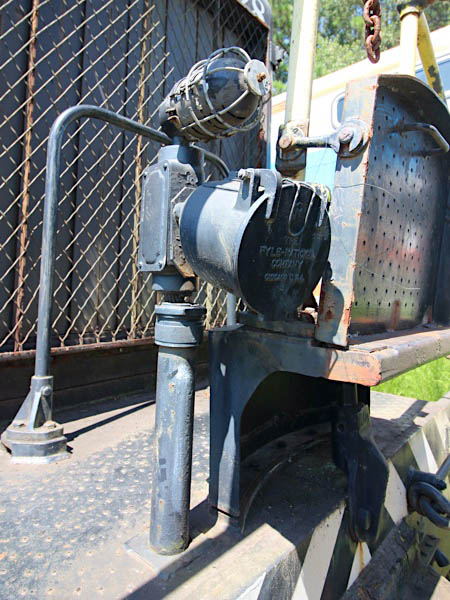
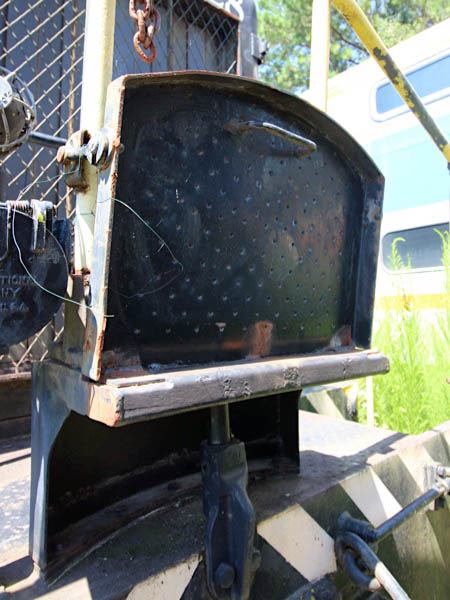
Jul 2020 / RWH

Winnsboro, SC / Jul 2023 / RWH

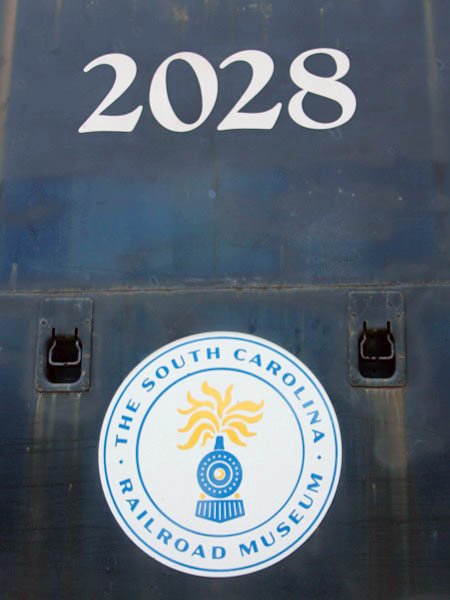
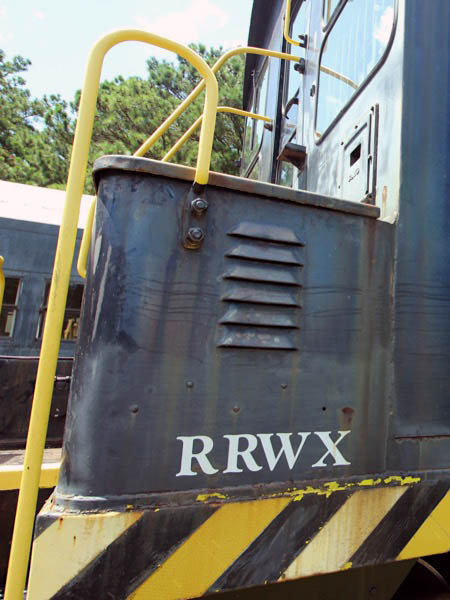
Jul 2023 / RWH

Jul 2023 / RWH
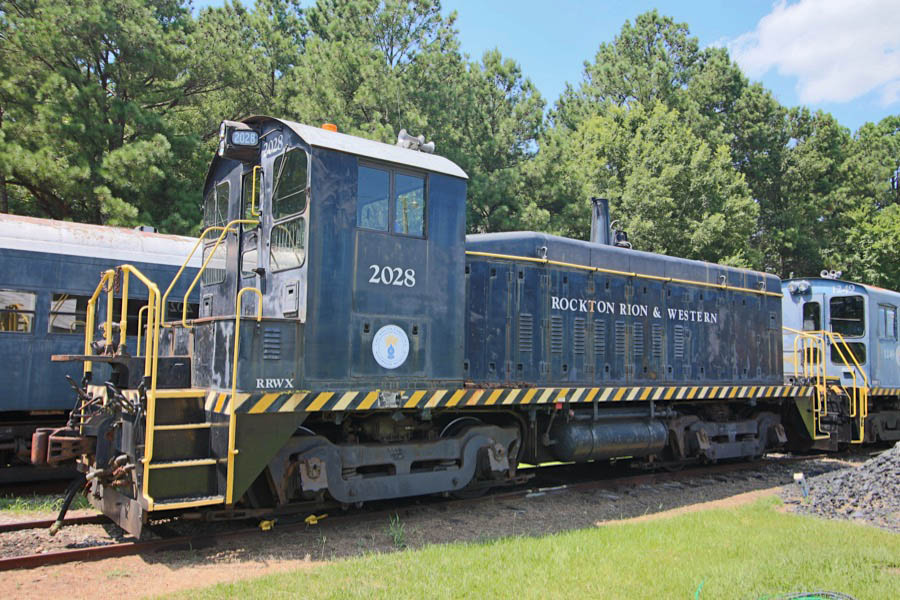
Winnsboro, SC / Jul 2023 / RWH
Baldwin-Lima-Hamilton
Rockton, Rion & Western #1249
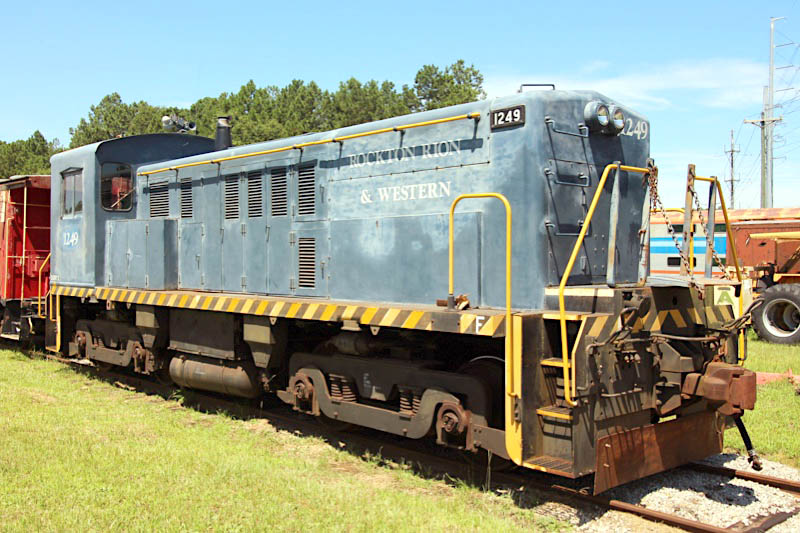
Rockton, Rion & Western #1249
Winnsboro, SC / Jul 2020 / RWH


Rockton, Rion & Western #1249
1 of 66 in US Army order
to United States Air Force #1249
to South Carolina Railroad Museum
as Rockton, Rion & Western #1249
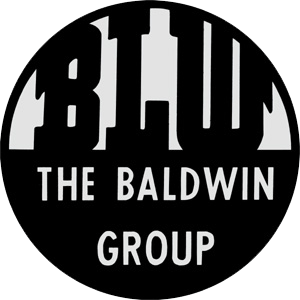
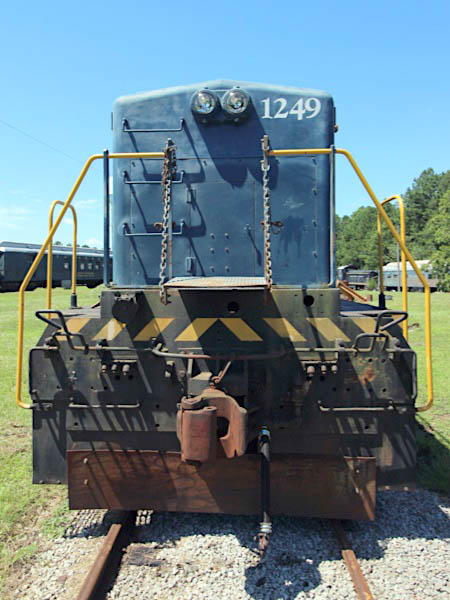
Jul 2020 / RWH
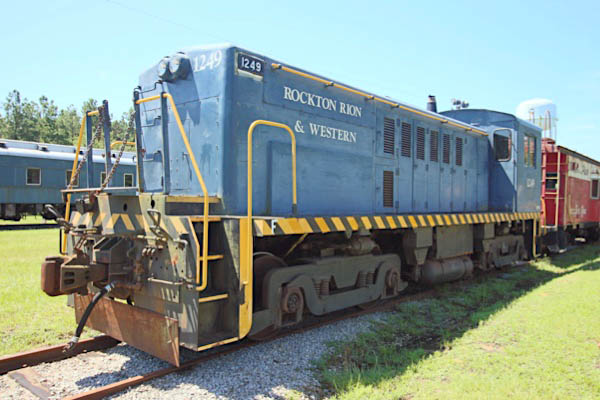
Winnsboro, SC / Jul 2020 / RWH
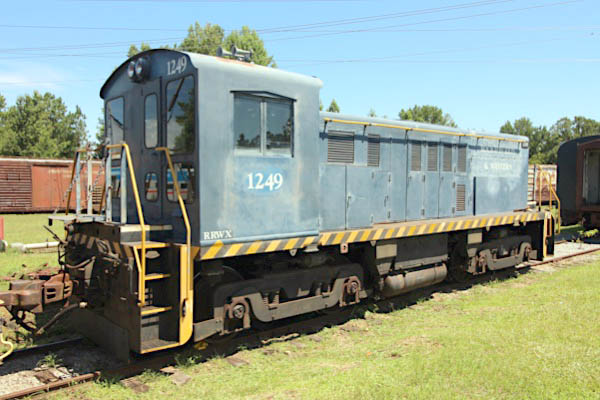
Winnsboro, SC / Jul 2020 / RWH
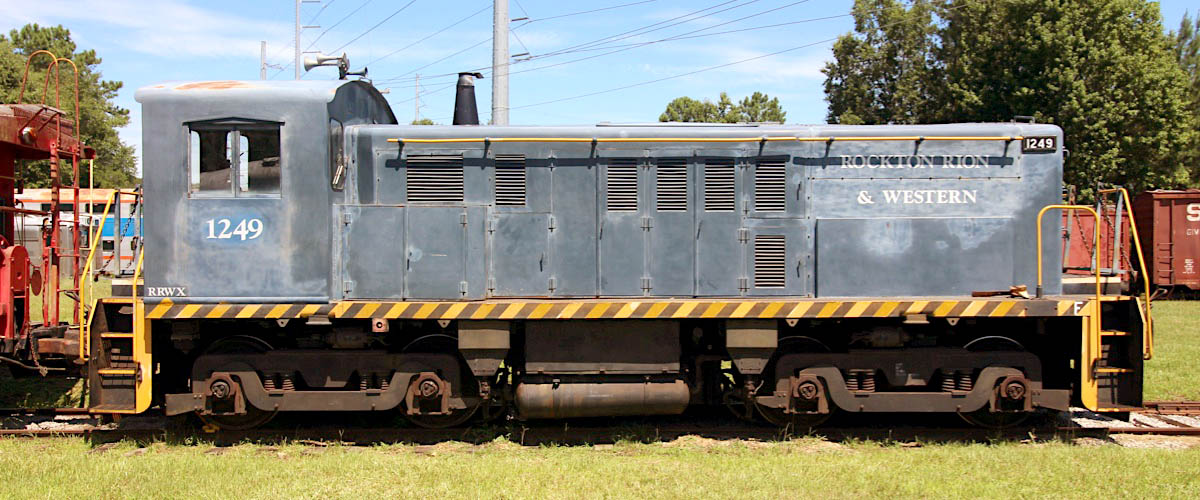
Winnsboro, SC / Jul 2020 / RWH
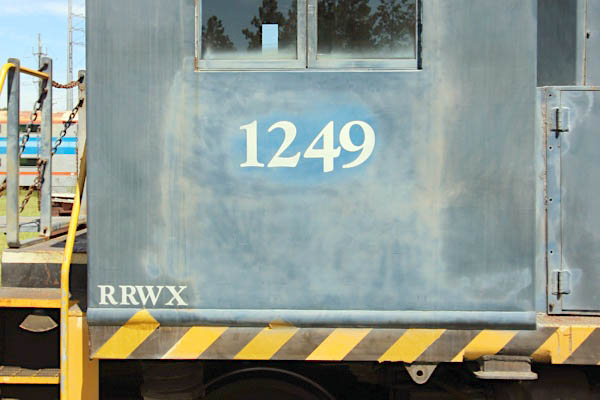
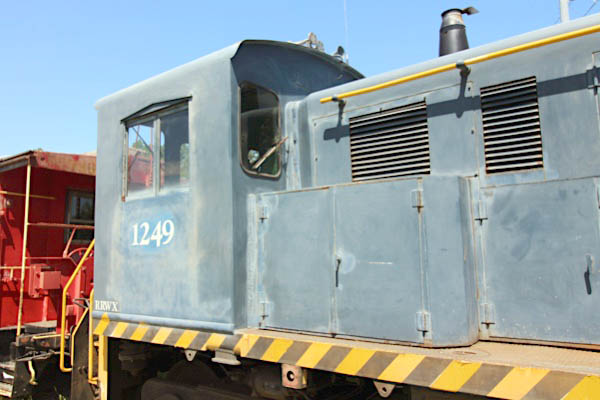
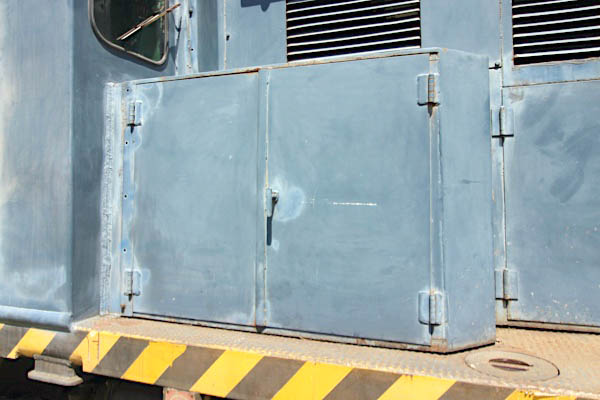
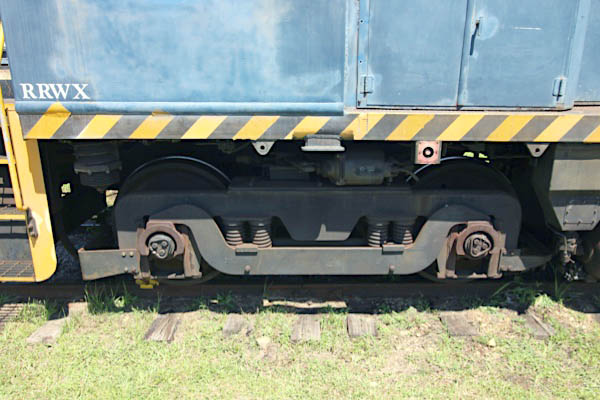
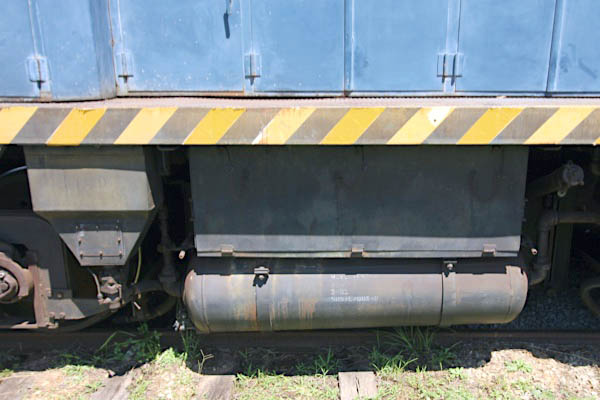

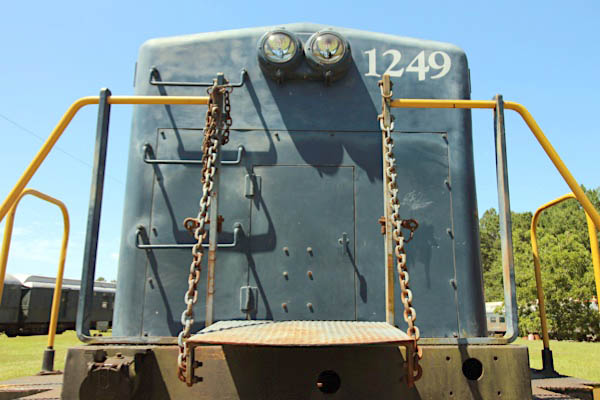
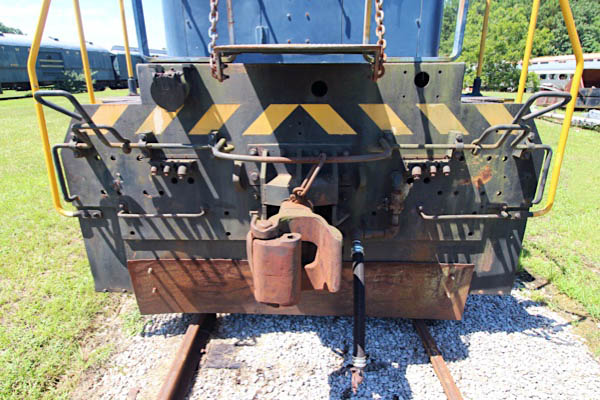
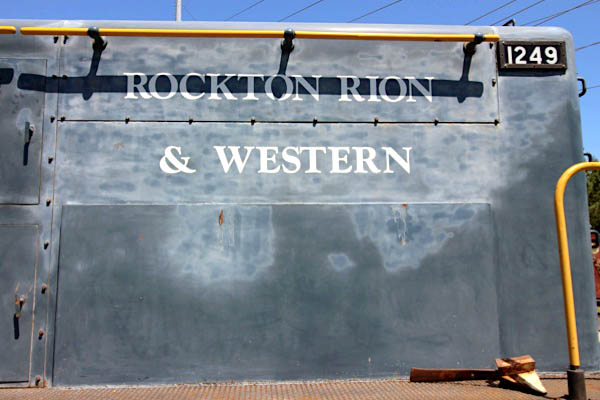
Jul 2020 / RWH
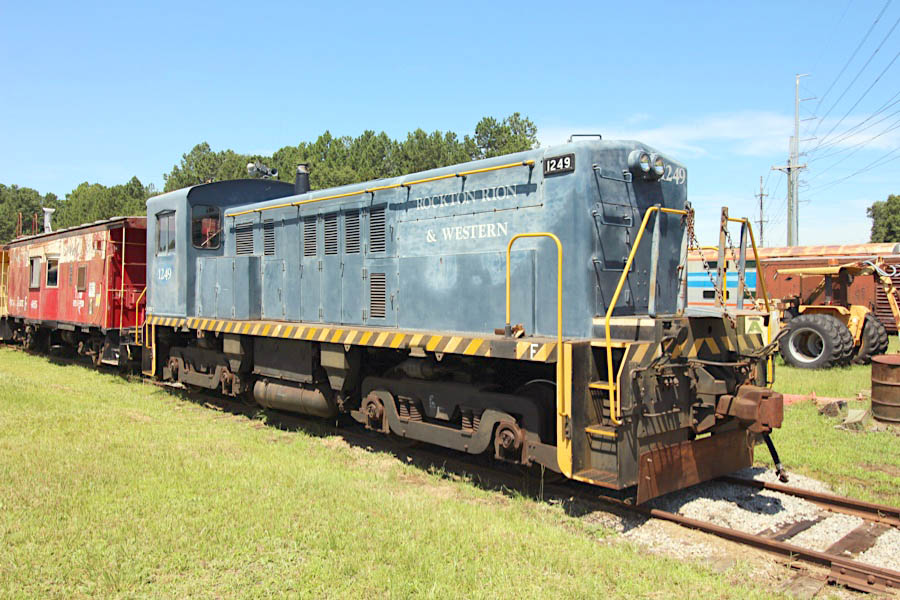
Winnsboro, SC / Jul 2020 / RWH
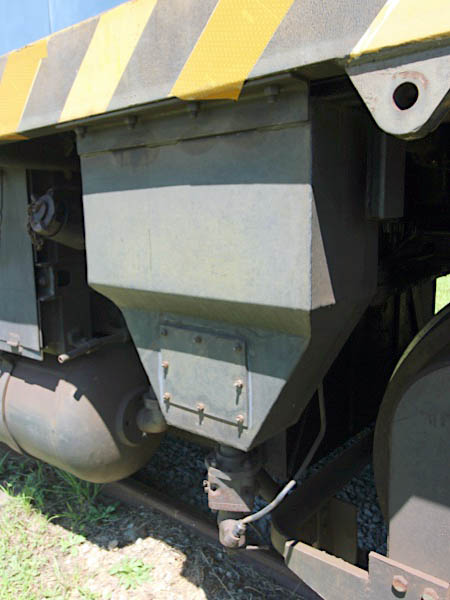
Jul 2020 / RWH
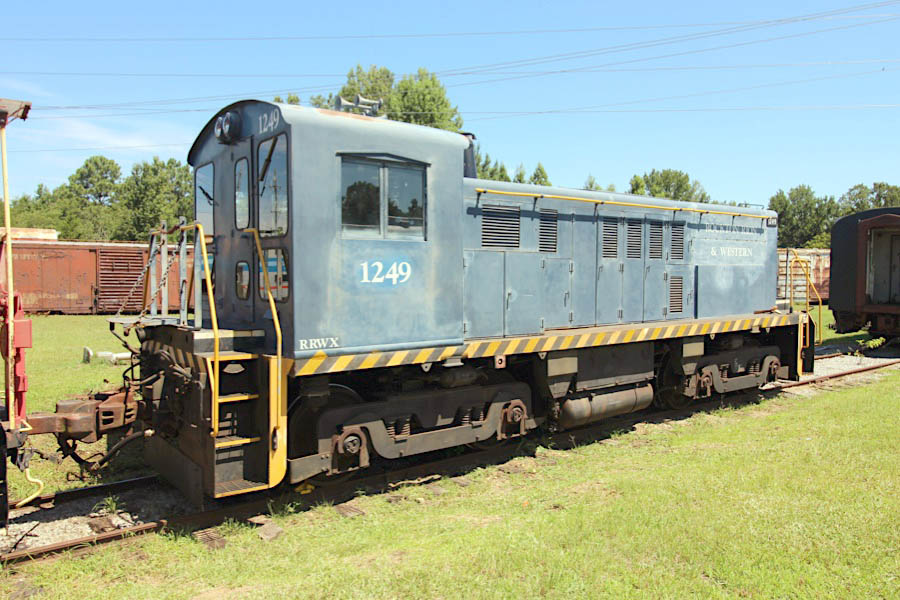
Winnsboro, SC / Jul 2020 / RWH
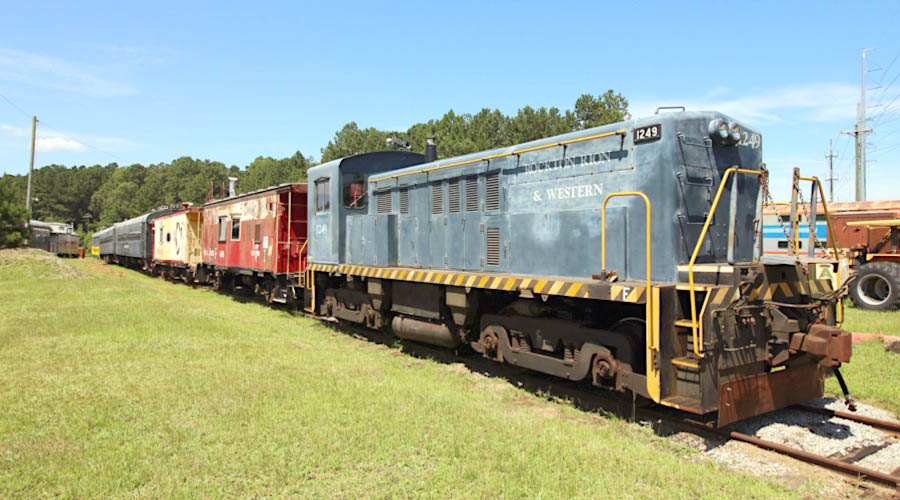
Winnsboro, SC / Jul 2020 / RWH
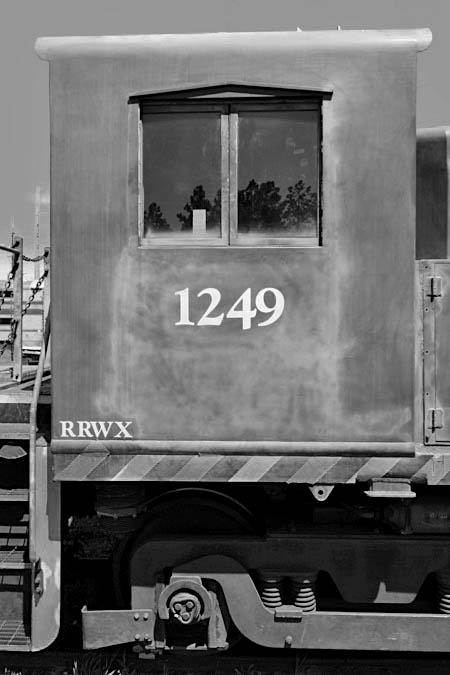 The Baldwin RS-4-TC is a diesel-electric locomotive (switcher) built by the Baldwin-Lima-Hamilton Corporation between July 1953 and January 1955. The RS-4-TCs were powered by a supercharged twelve-cylinder diesel engine rated at 400 horsepower (298 kW), and rode on a pair of two-axle trucks in a B-B wheel arrangement. 74 of these models were built mainly for the Army while a few of them went to the Air Force.
The Baldwin RS-4-TC is a diesel-electric locomotive (switcher) built by the Baldwin-Lima-Hamilton Corporation between July 1953 and January 1955. The RS-4-TCs were powered by a supercharged twelve-cylinder diesel engine rated at 400 horsepower (298 kW), and rode on a pair of two-axle trucks in a B-B wheel arrangement. 74 of these models were built mainly for the Army while a few of them went to the Air Force.
The RS-4-TCs were originally built with Caterpillar D397 diesel engines. The Caterpillar D397s were chosen for their high speed and small bore and stroke for quick startup and shutdowns. There are two number systems for the RS-4-TCs, the 1200 series or the 4000 series. The locomotives in both series were the same, except the 1200s were built for domestic service and had fixed axle, standard gauge trucks while the 4000s were built for foreign service and had adjustable-gauge trucks for use on foreign narrow and wide gauge tracks. Even though the 4000s were built for foreign service, very few were actually deployed overseas, the vast majority served in the United States.
At the end of the Korean War, most RS-4-TCs were placed into storage while their World War II counterparts were sold as surplus. Today, the majority of RS-4-TCs have been sold as surplus and are currently serving tourist and shortline railroads with a few still in military service.
In the 1980s, many RS-4-TCs were rebuilt by railroad contractors into RS-4-TC 1A locomotives. The rebuilding included replacing the CAT D397 diesel engines with CAT 3508 engines rated at 500 HP, replacing the adjustable-gauge trucks with non adjustable trucks, and replacing the electrical control system with an EMD system and control stand. These are identifiable from the exterior by a single exhaust stack near the rear of the hood rather than two small stacks towards the front.
Wikipedia / image RWH

Check out The Baldwin Diesel Zone to see more RS-4-TC photographs and rosters
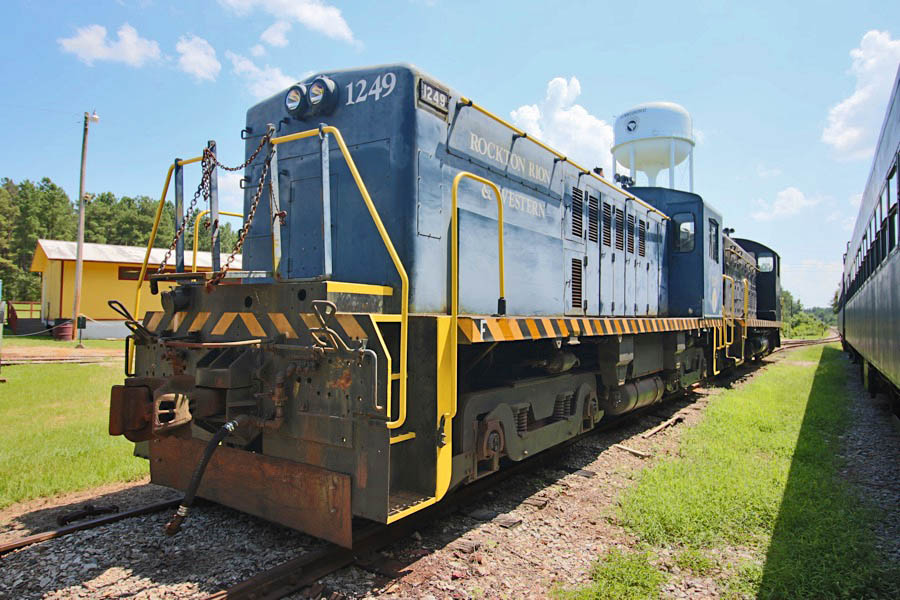
Winnsboro, SC / Jul 2023 / RWH
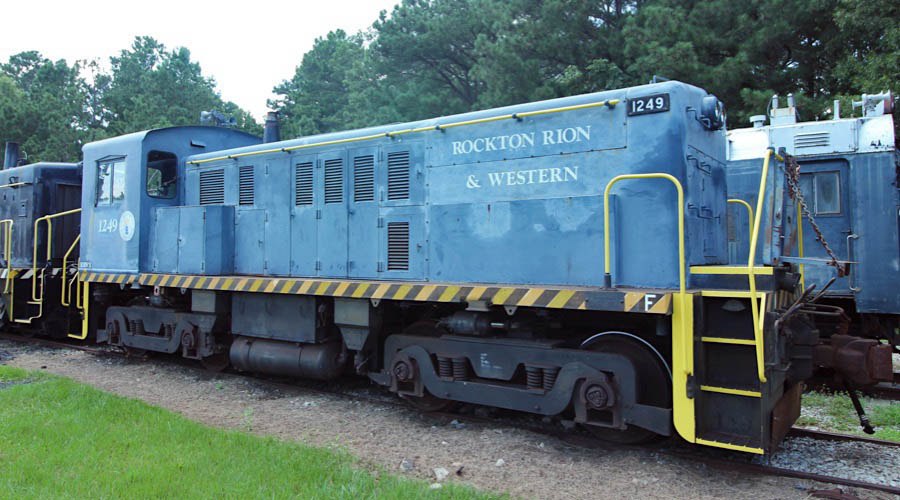
Winnsboro, SC / Jul 2023 / RWH
Rockton, Rion & Western #1275

Rockton, Rion & Western #1275
Winnsboro, SC / Jul 2020 / RWH


Rockton, Rion & Western #1275
1 of 8 in Air Force order
to South Carolina Railroad Museum
as Rockton, Rion & Western #1275

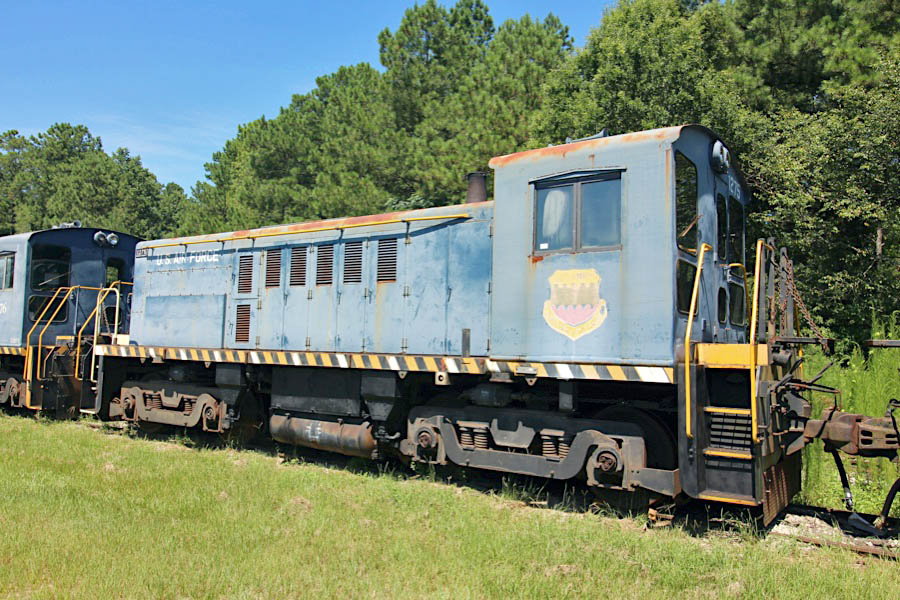
Winnsboro, SC / Jul 2020 / RWH
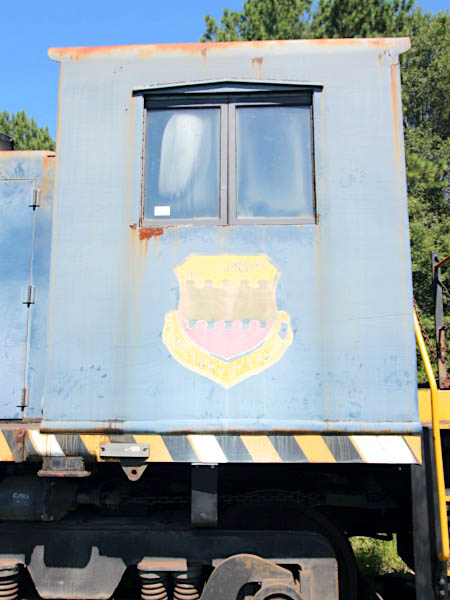
Jul 2020 / RWH
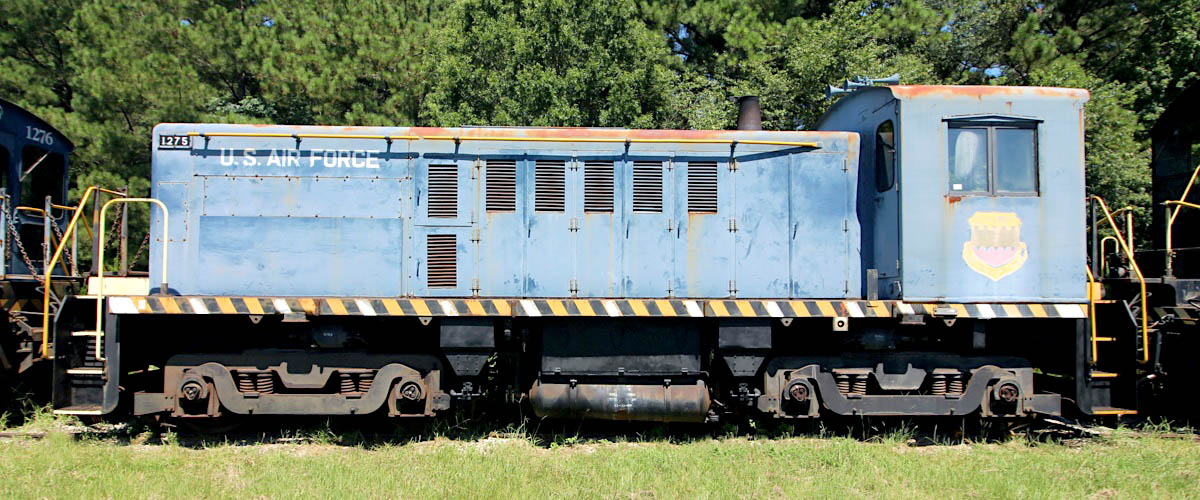
Winnsboro, SC / Jul 2020 / RWH
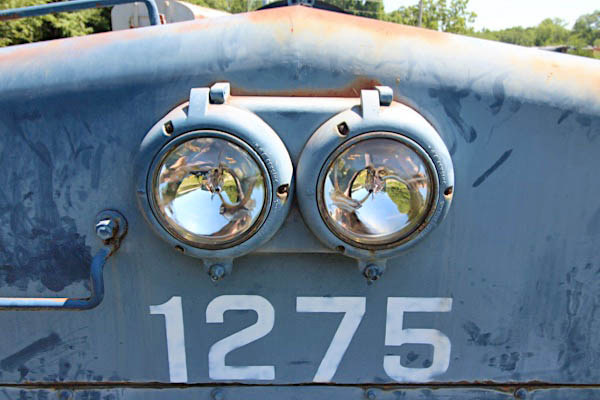
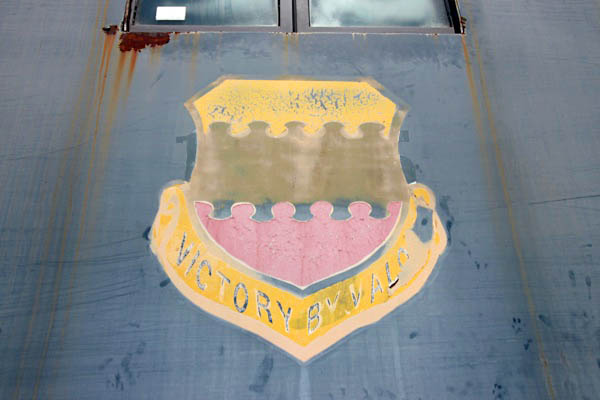
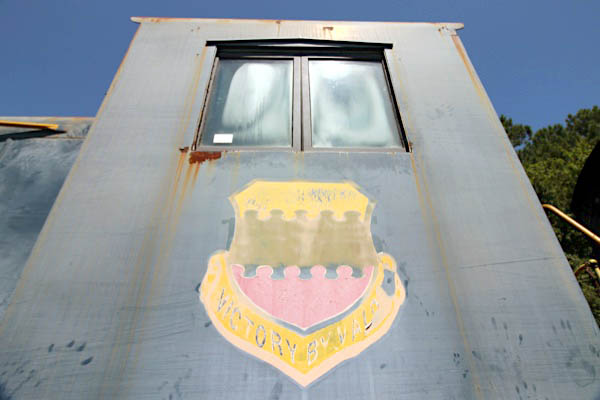
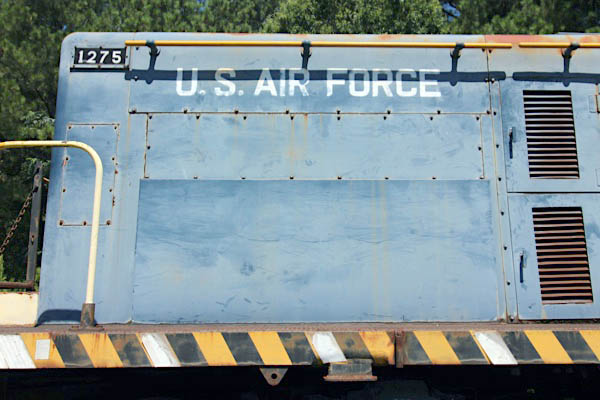
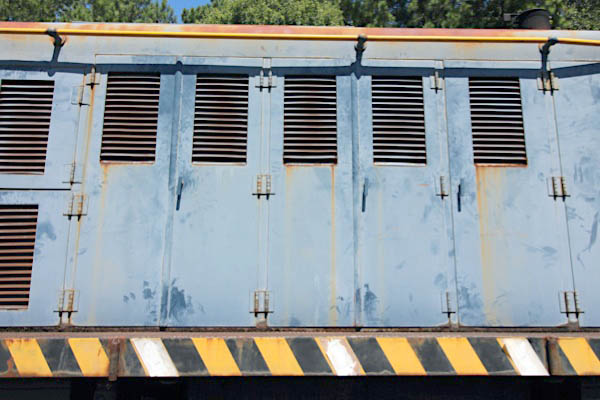

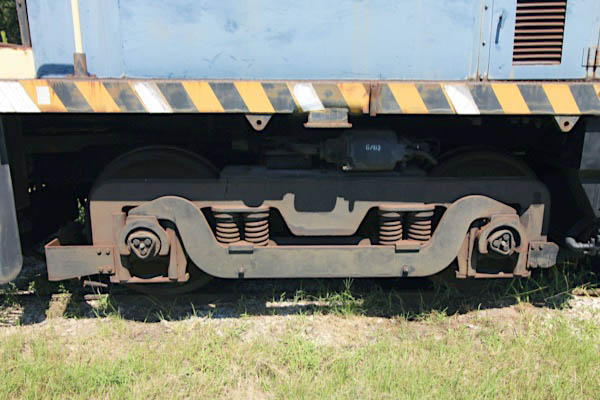
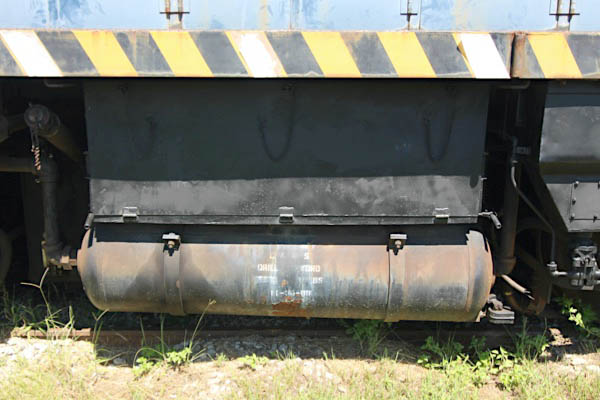

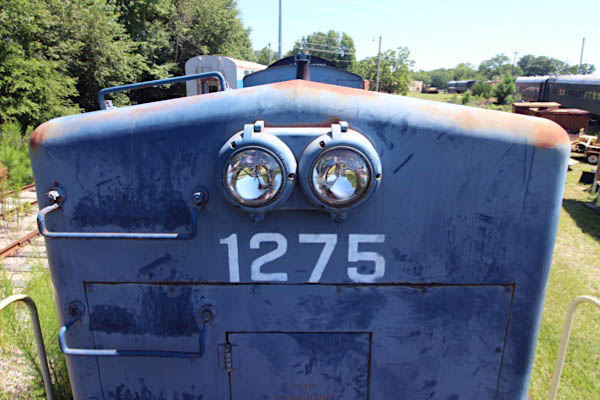

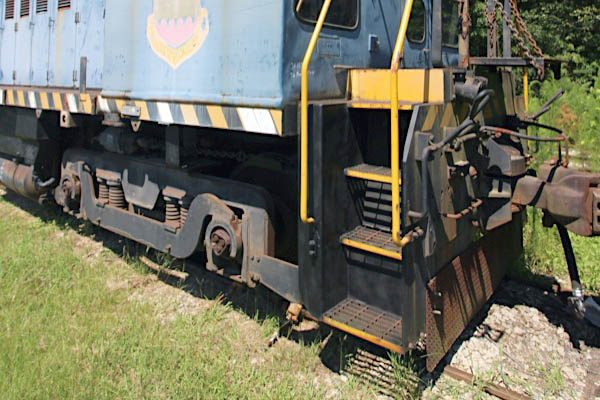
Jul 2020 / RWH
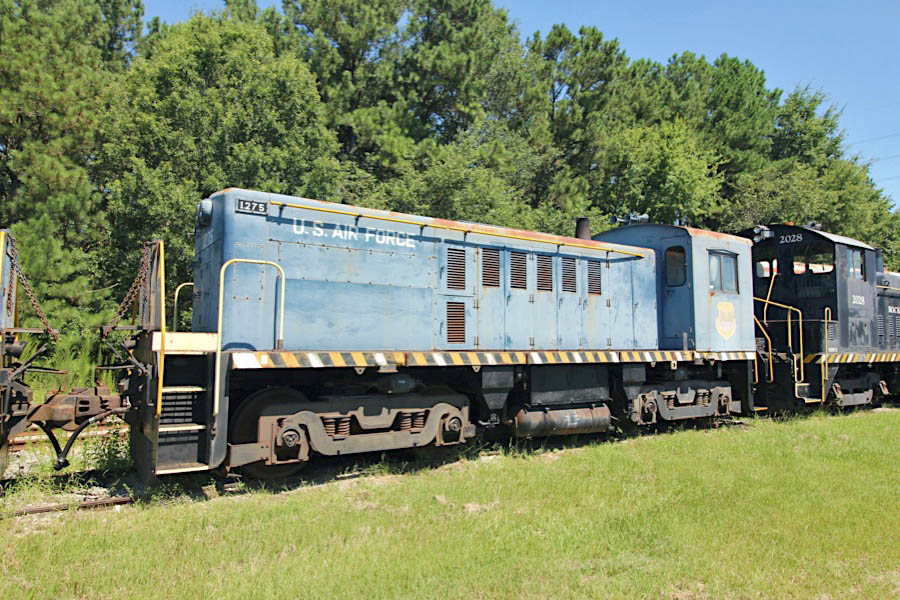
Winnsboro, SC / Jul 2020 / RWH
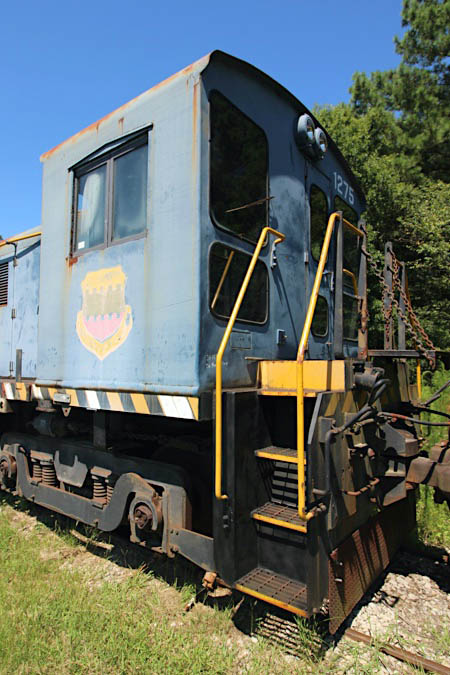
Jul 2020 / RWH
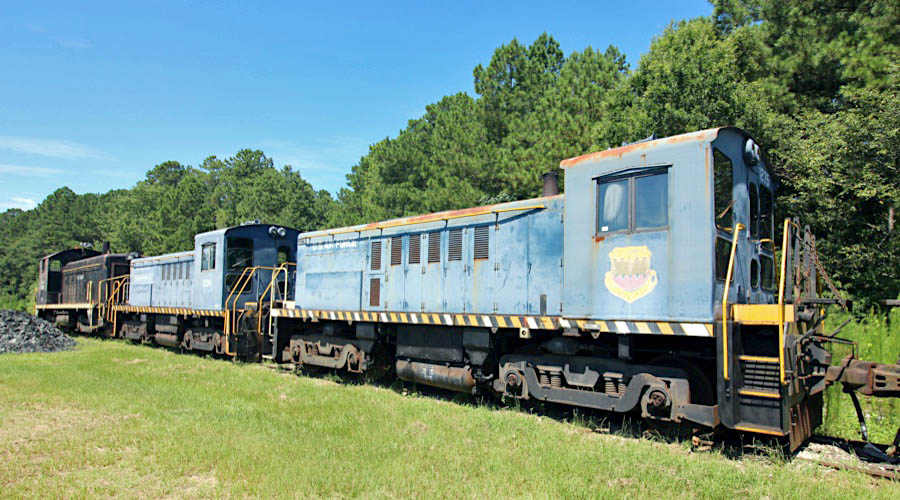
Winnsboro, SC / Jul 2020 / RWH
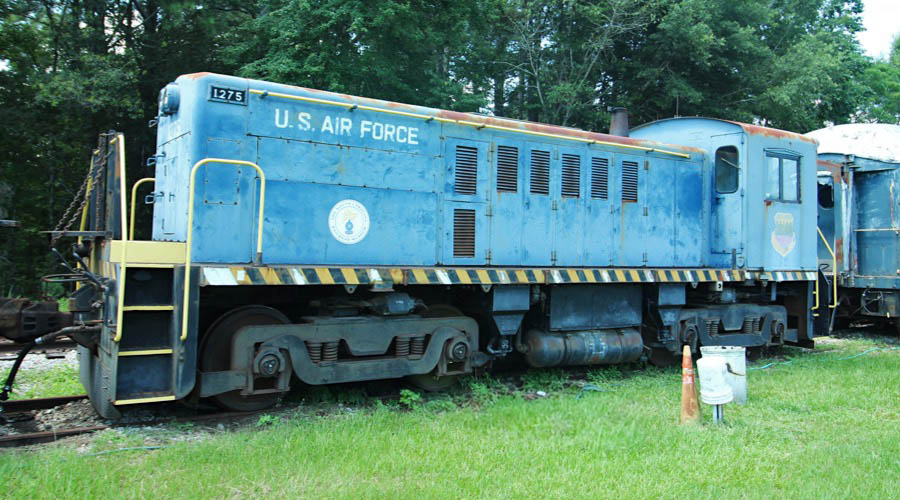
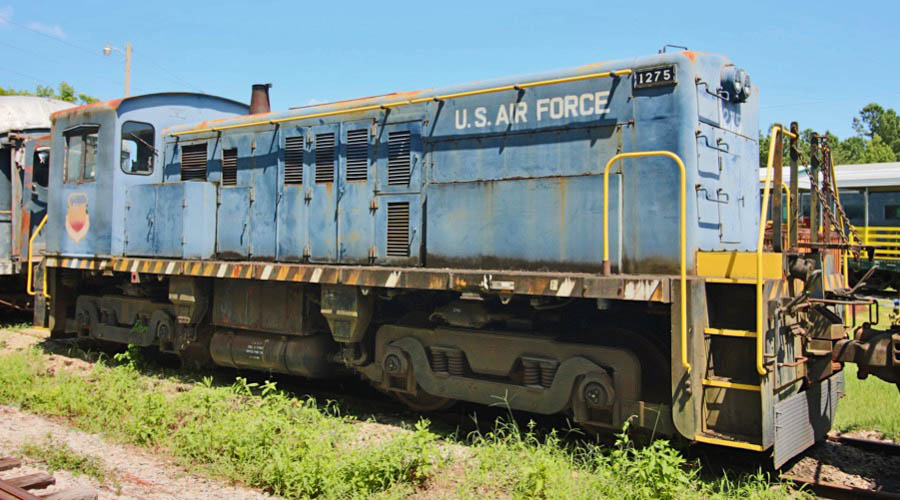
Winnsboro, SC / Jul 2023 / RWH
Rockton, Rion & Western #1276


Rockton, Rion & Western #1276
1 of 8 in Air Force order
to South Carolina Railroad Museum
as Rockton, Rion & Western #1276


Winnsboro, SC / Jul 2020 / RWH
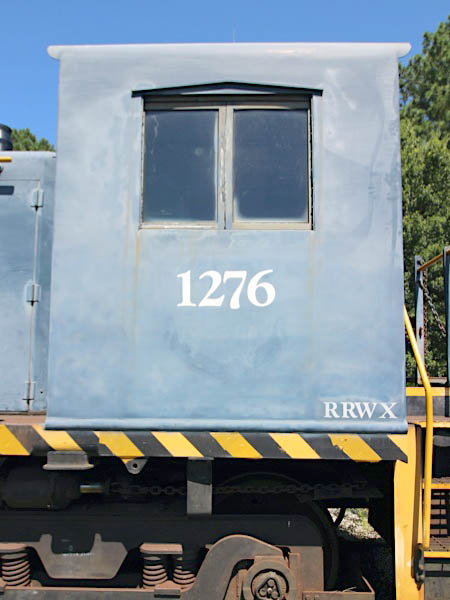
Jul 2020 / RWH

Winnsboro, SC / Jul 2020 / RWH

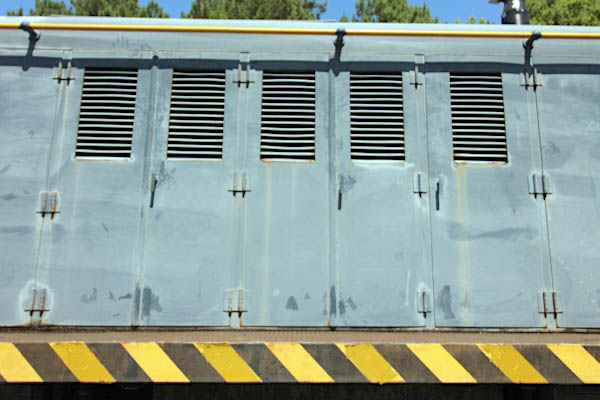
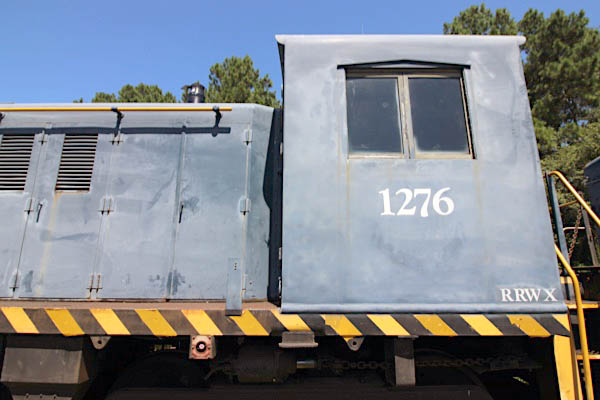
Jul 2020 / RWH
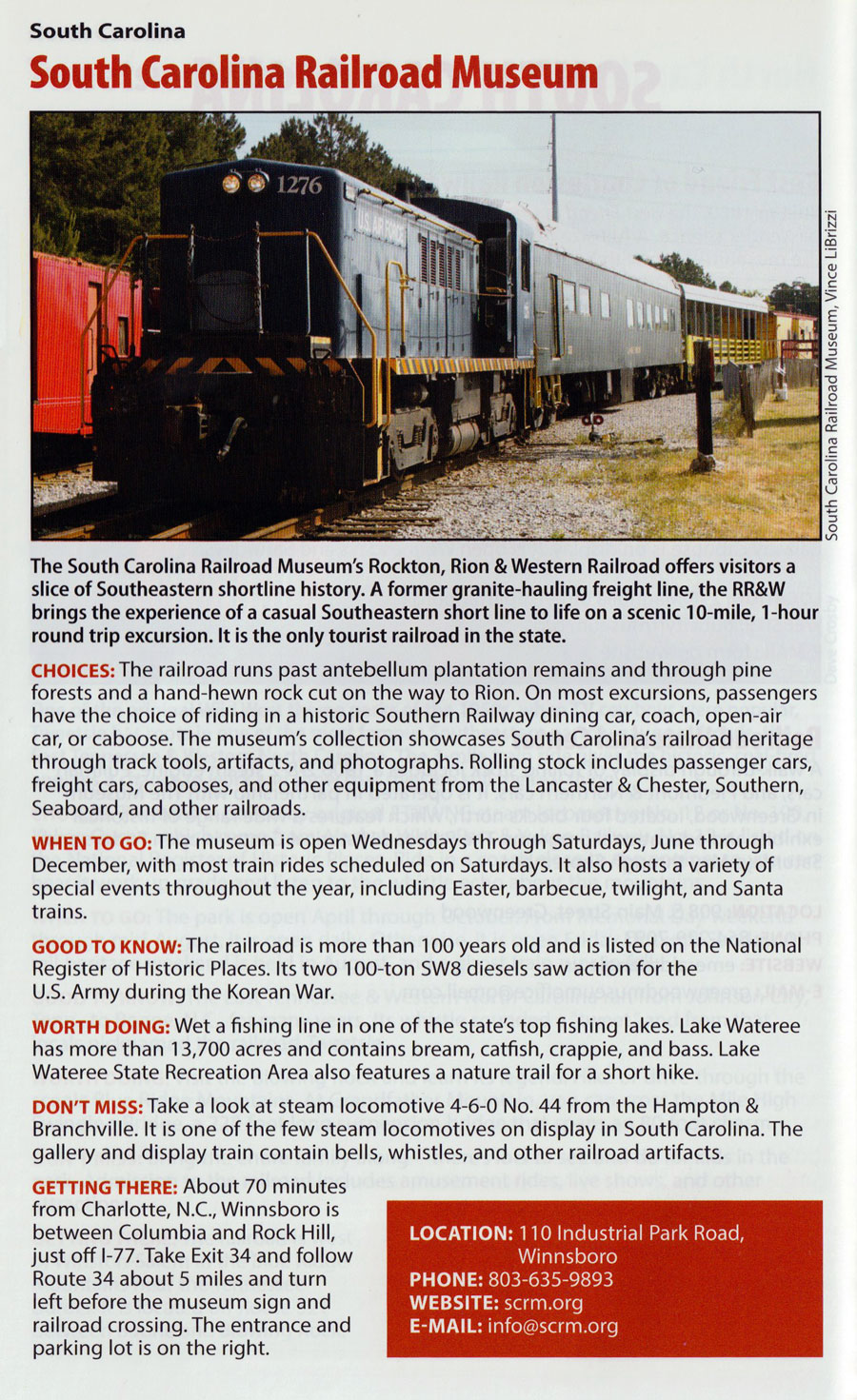
2019 tourist train guide ad / collection
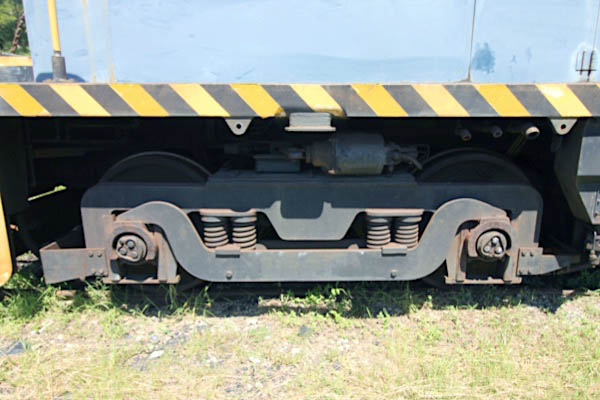

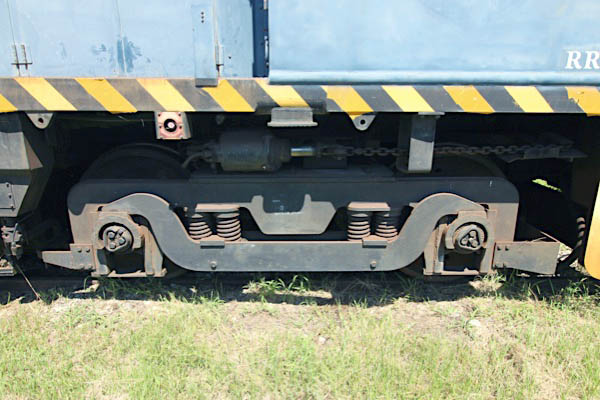
Jul 2020 / RWH

Winnsboro, SC / Jul 2020 / RWH

Jul 2020 / RWH
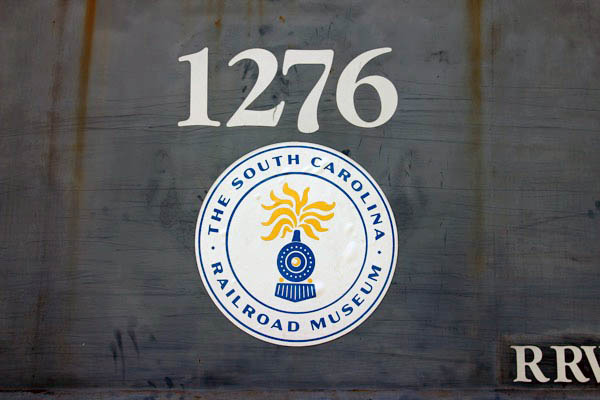
Jul 2023 / RWH

Jul 2023 / RWH
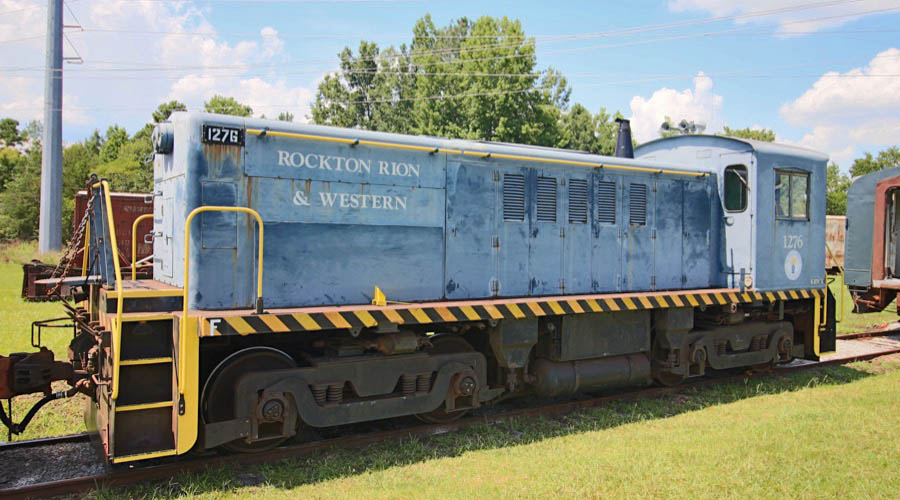
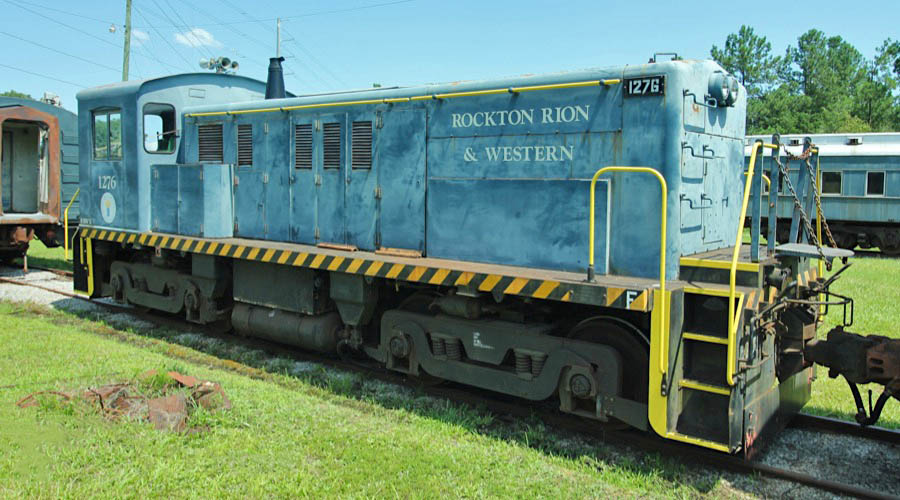
Winnsboro, SC / Jul 2023 / RWH
